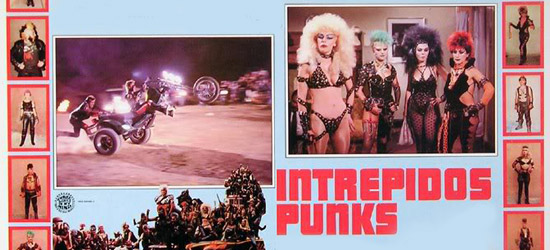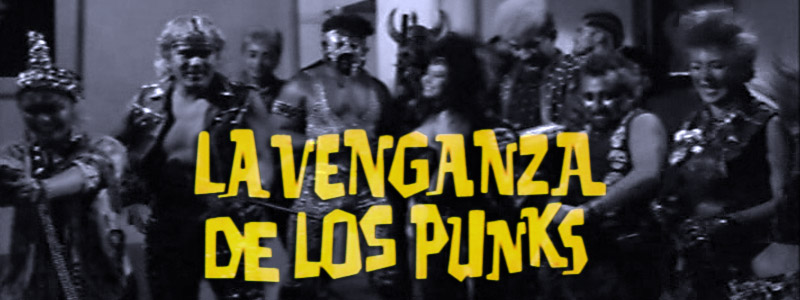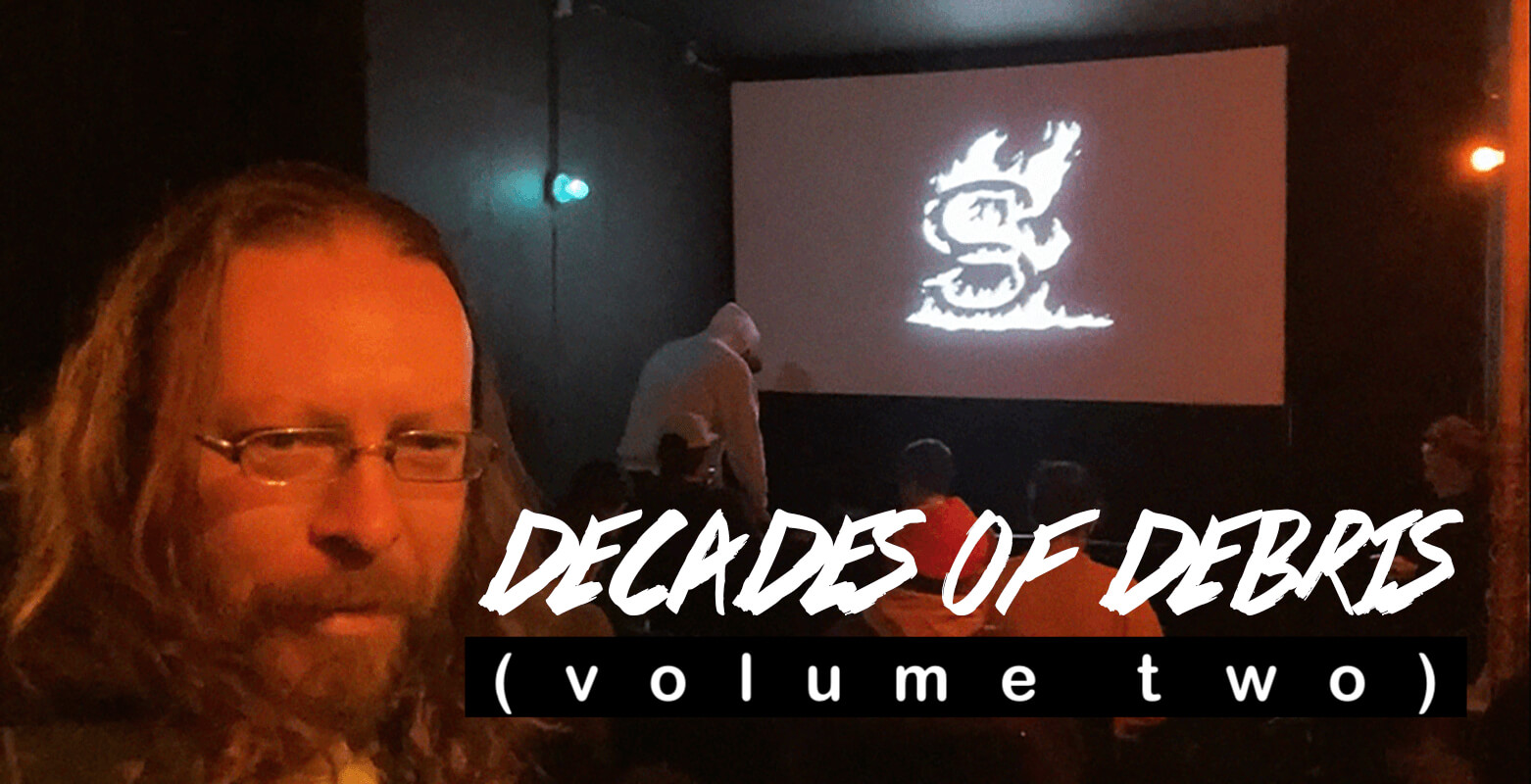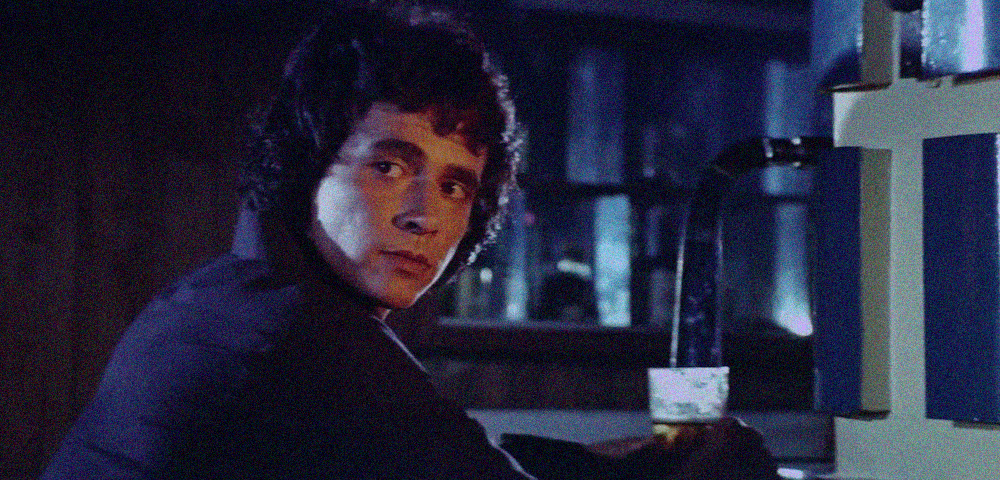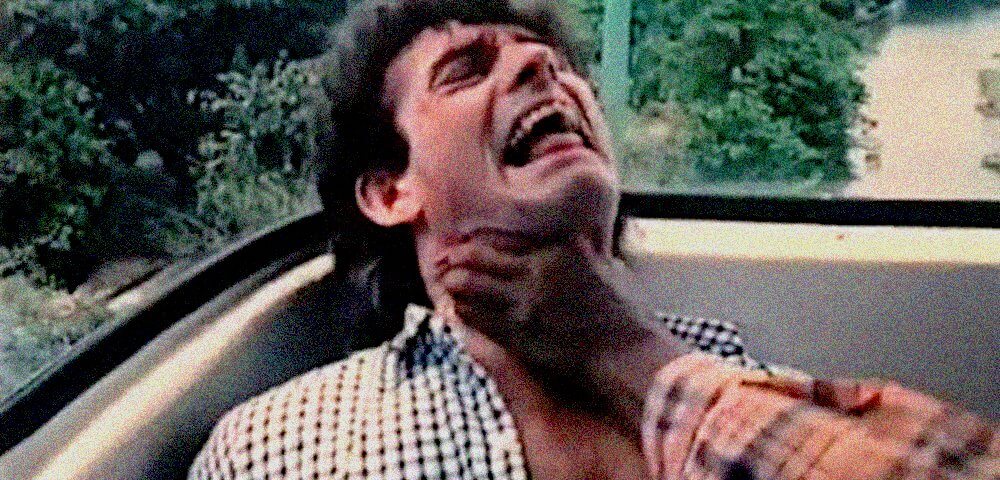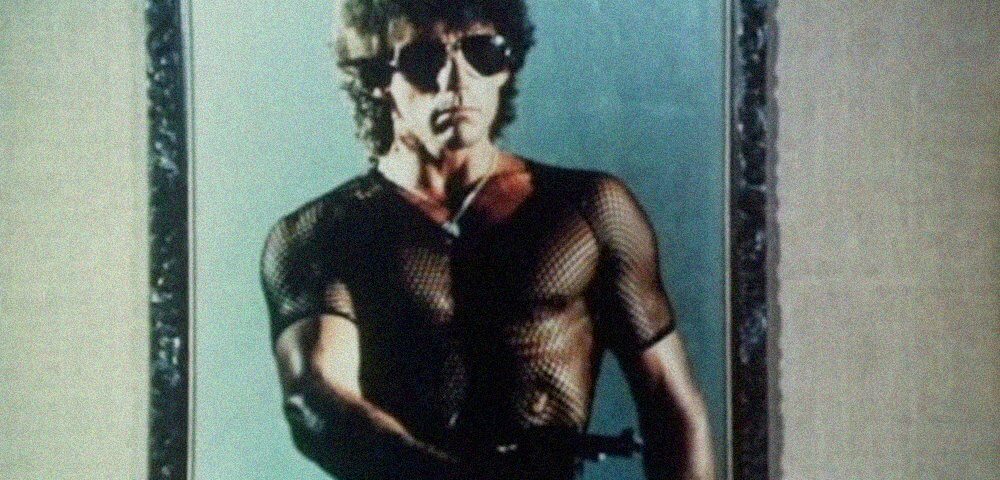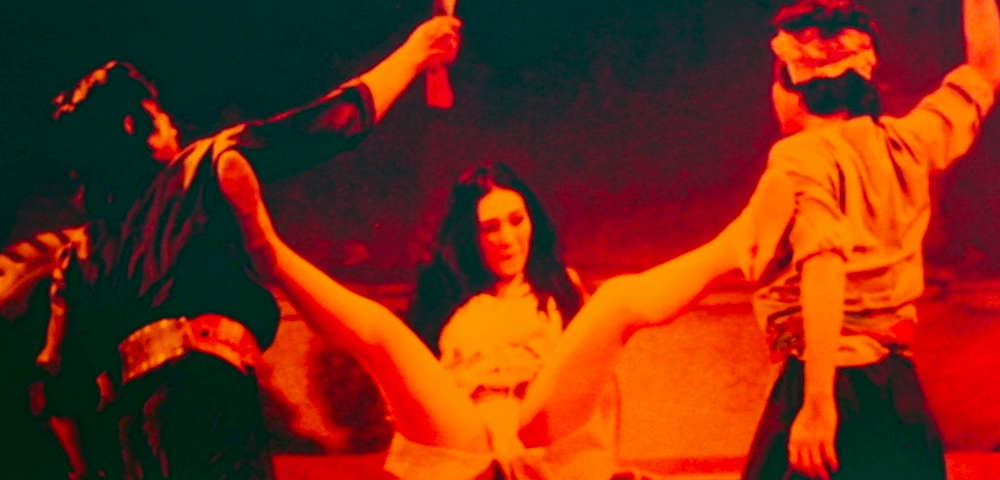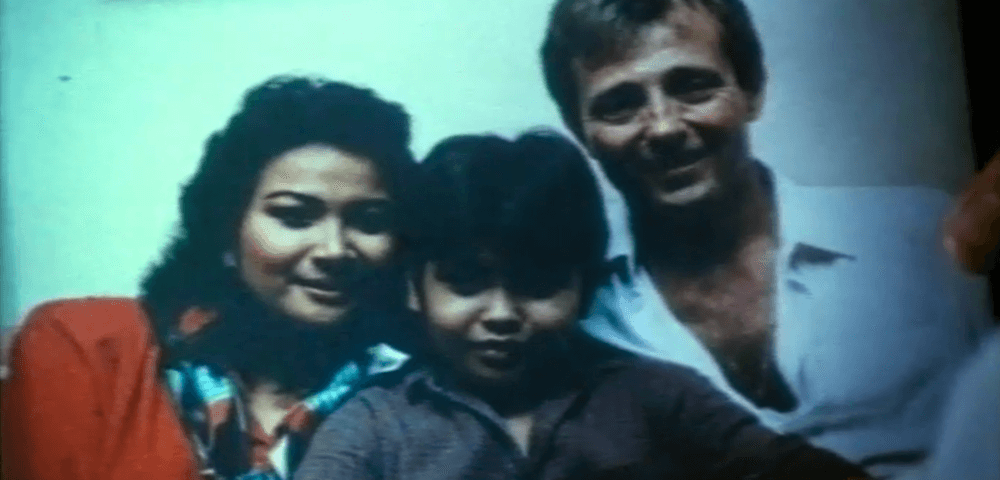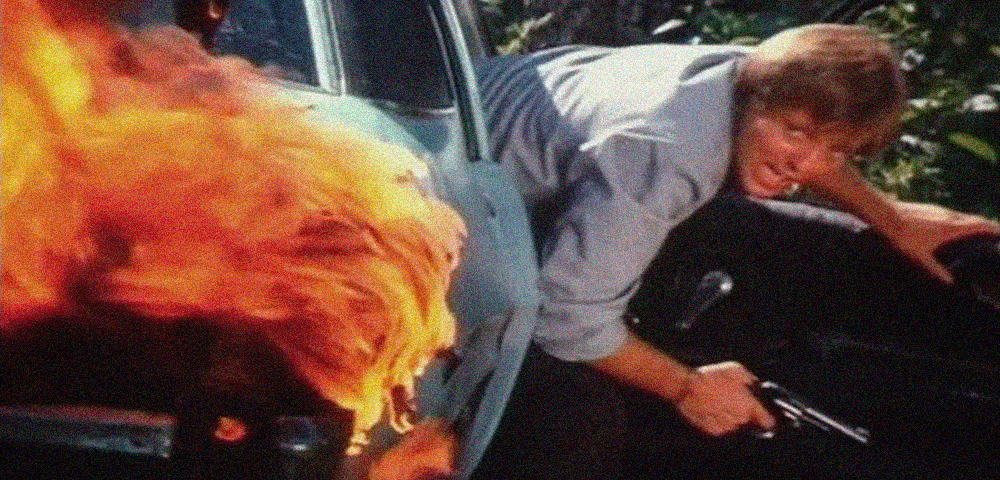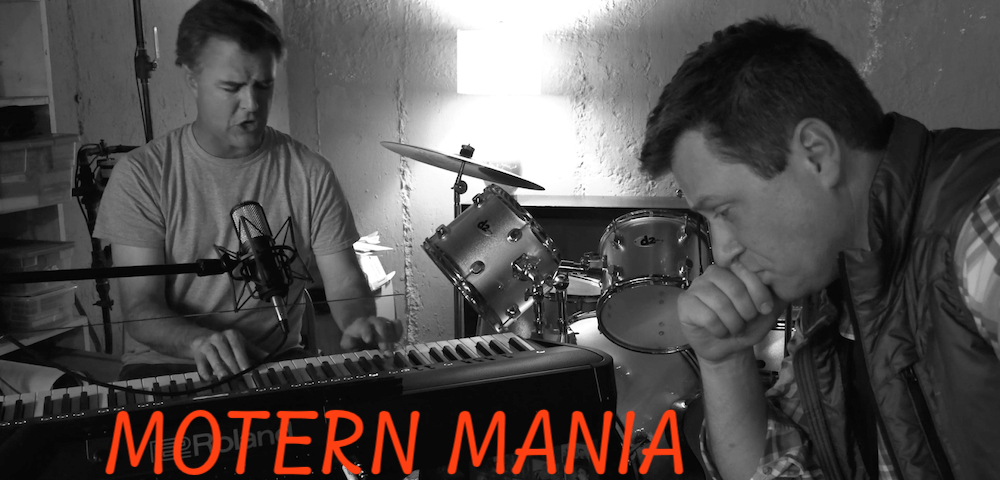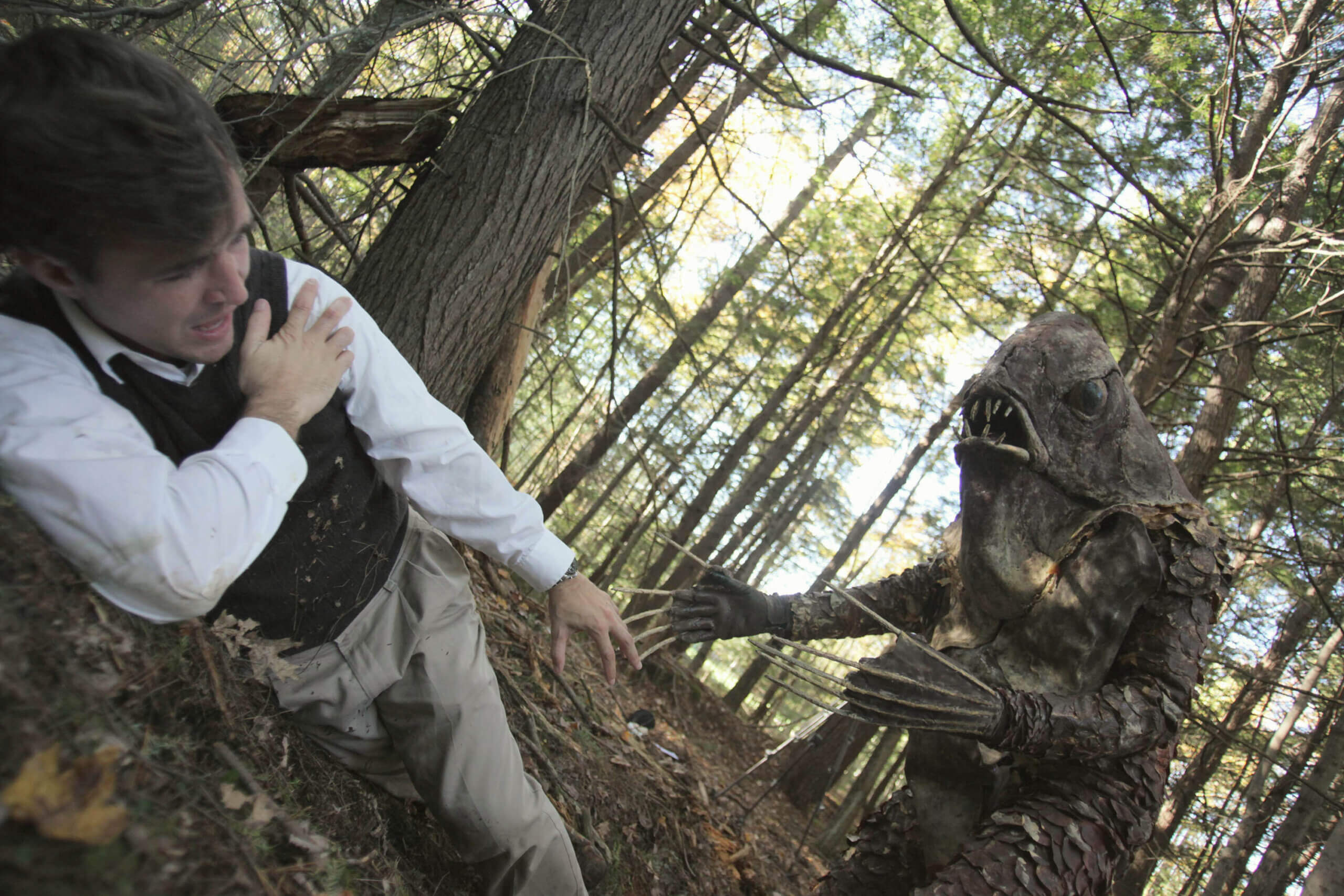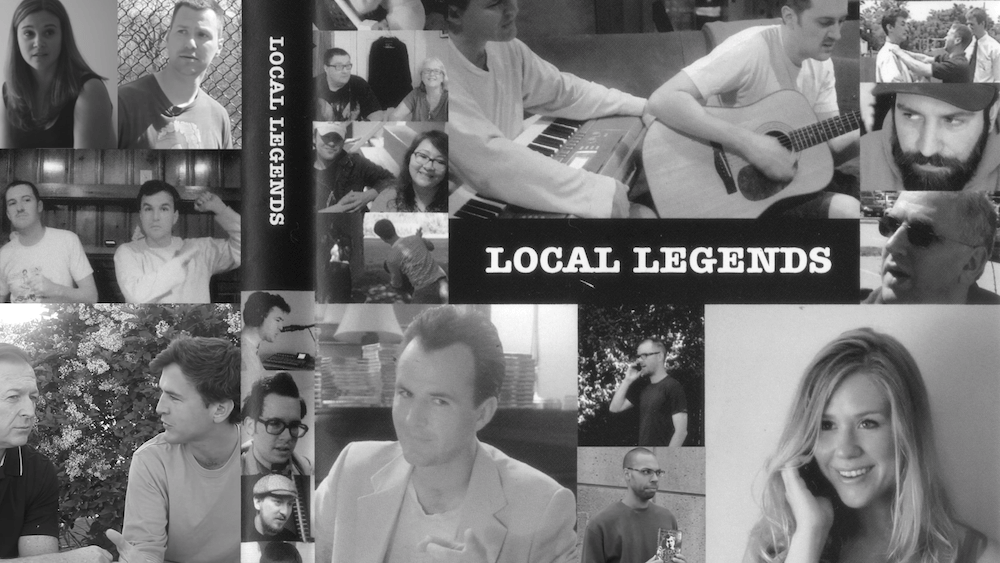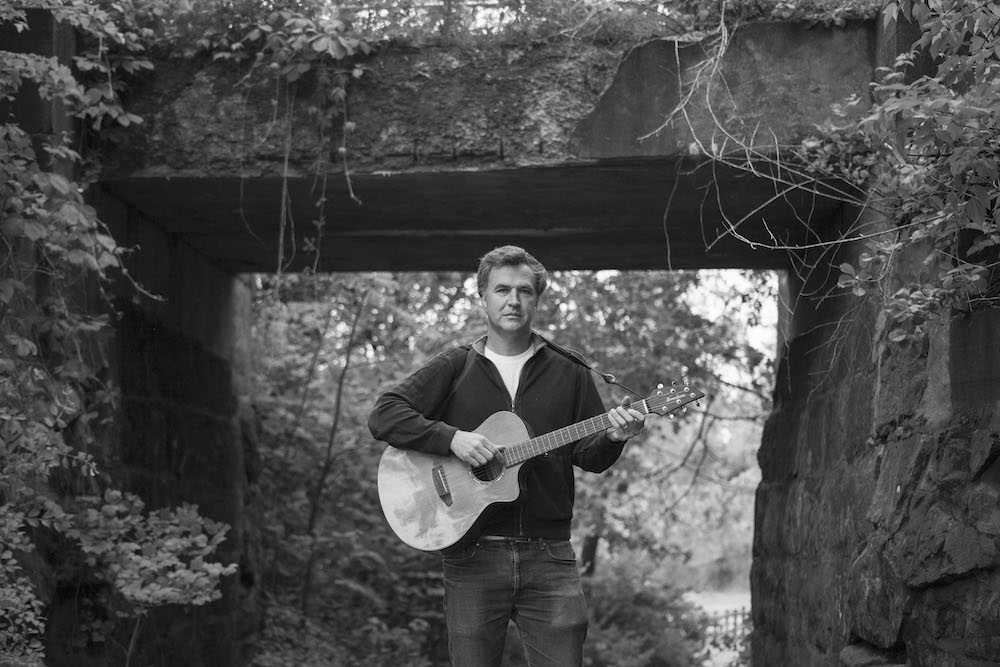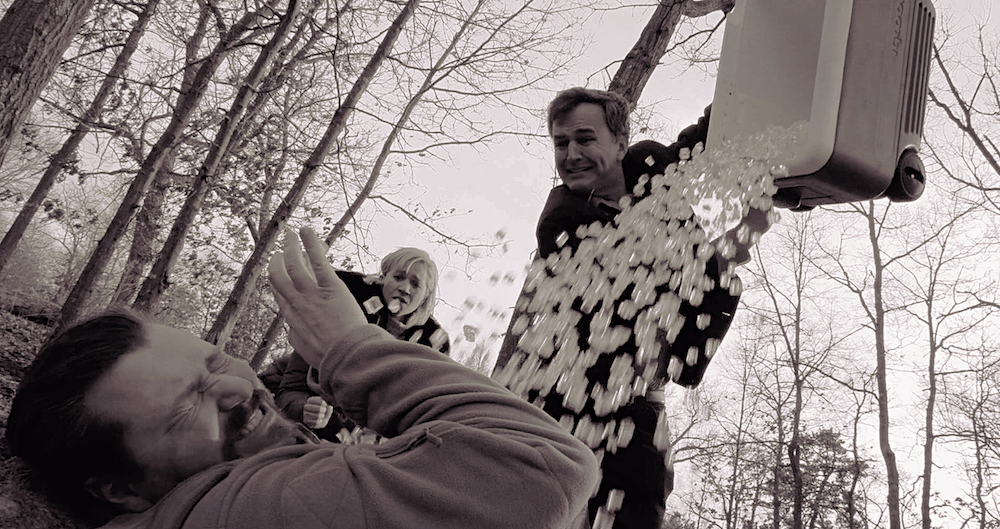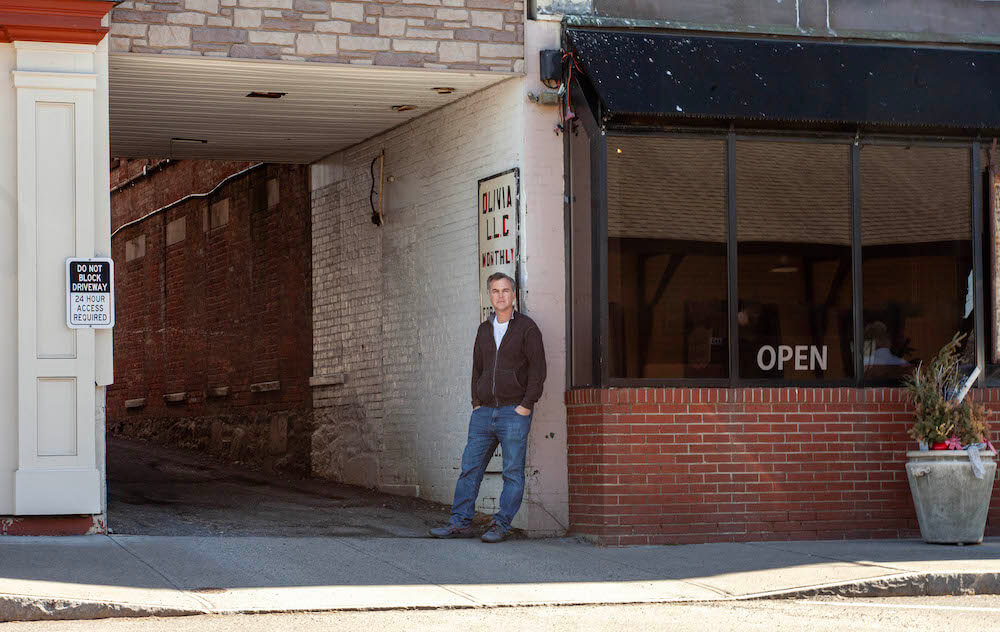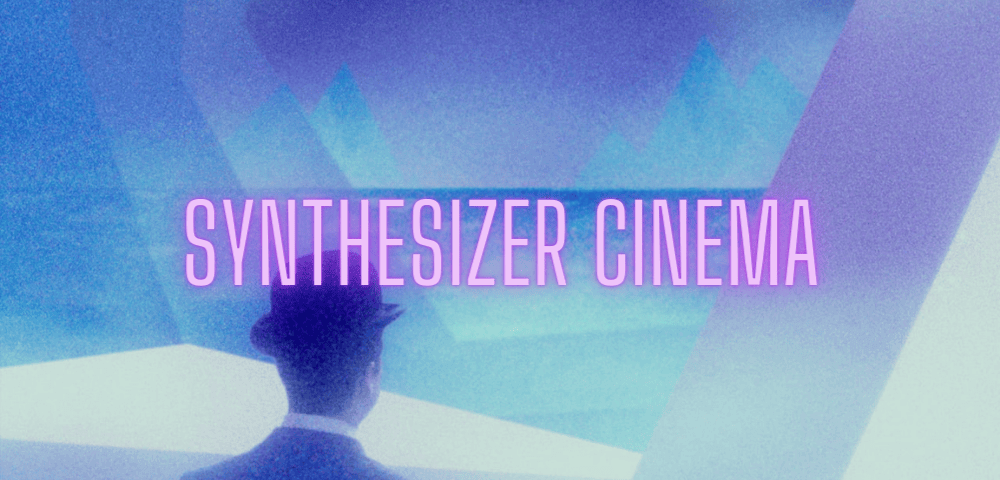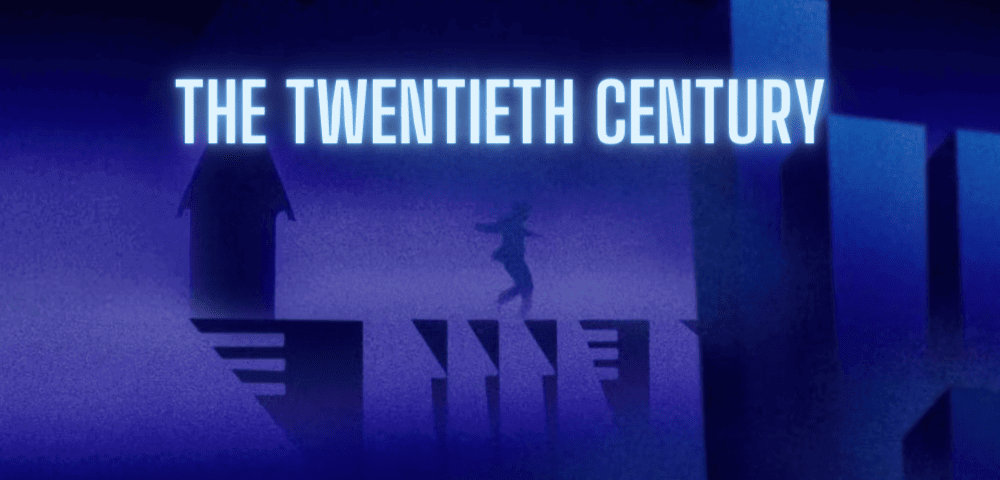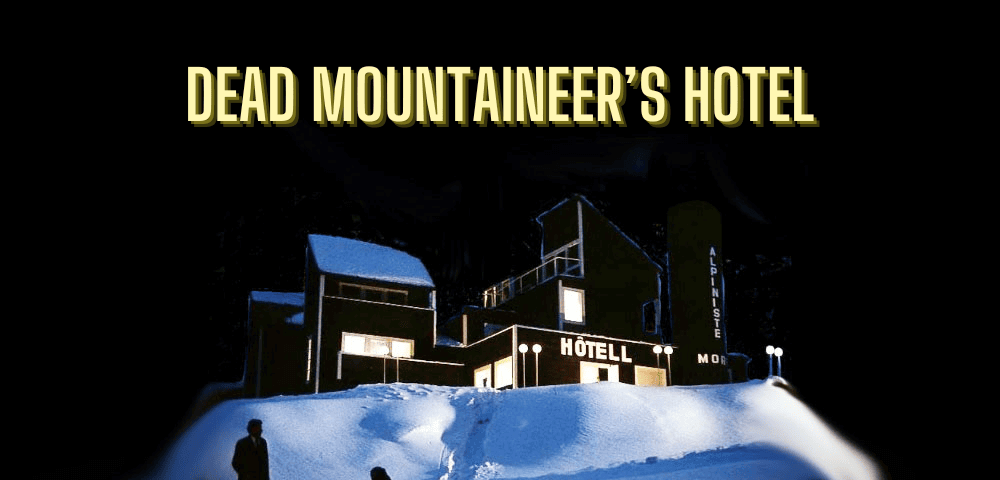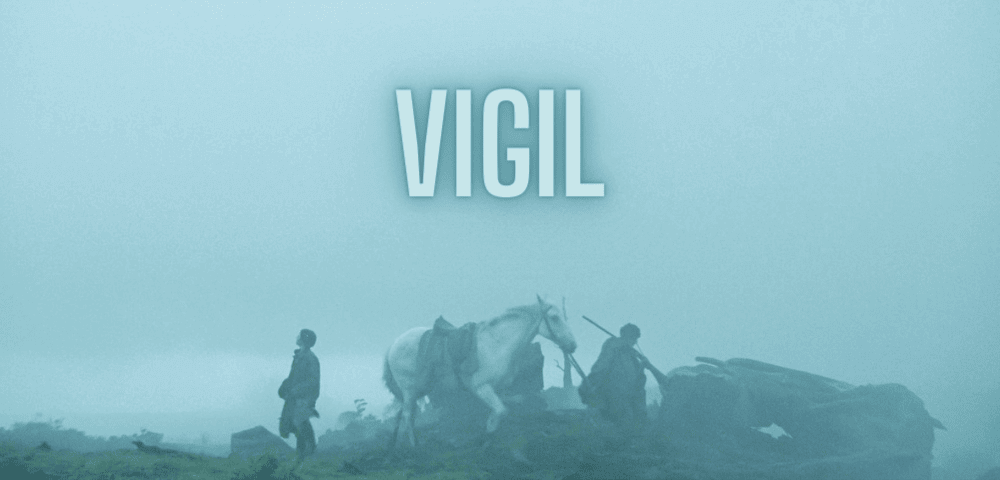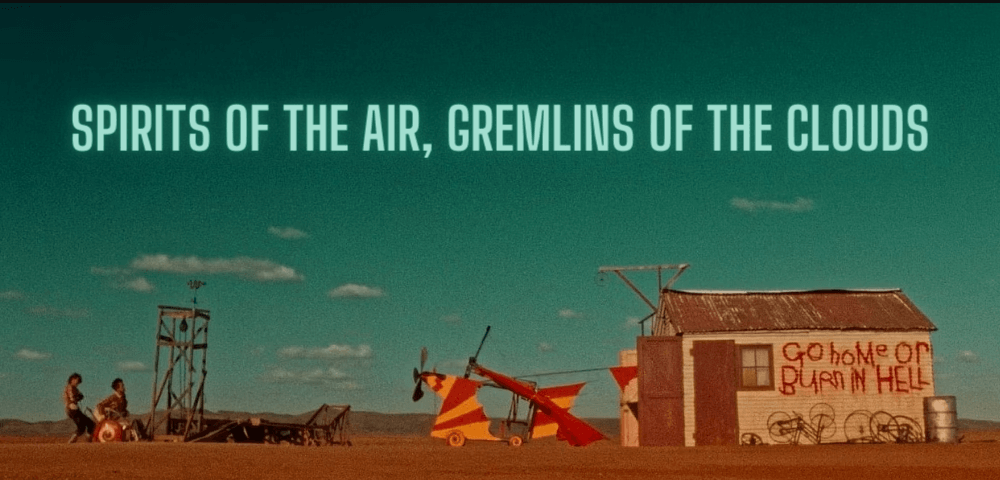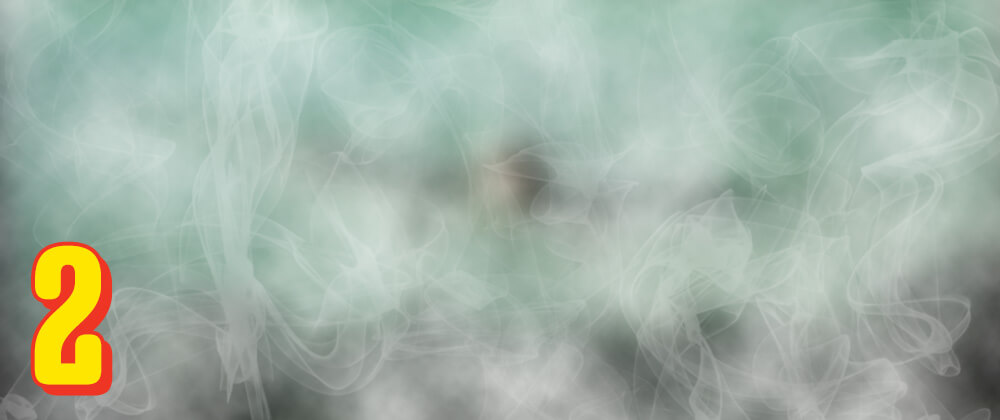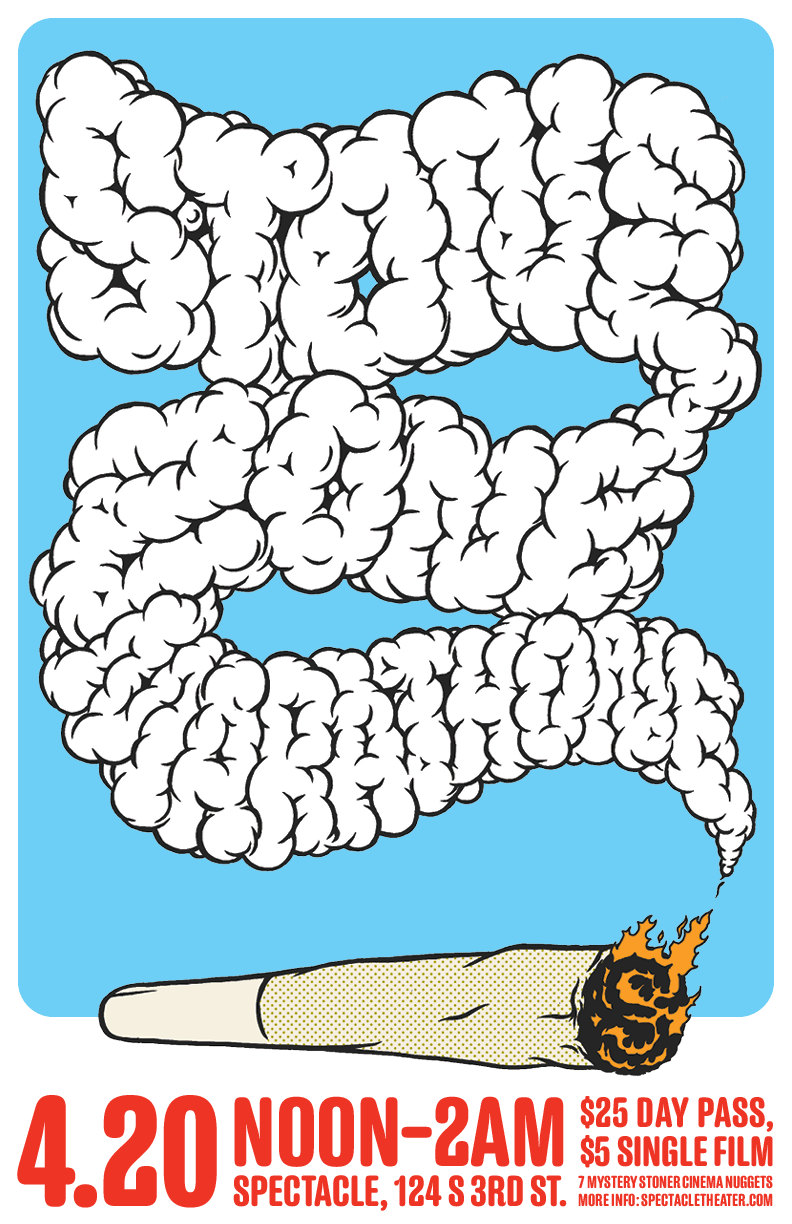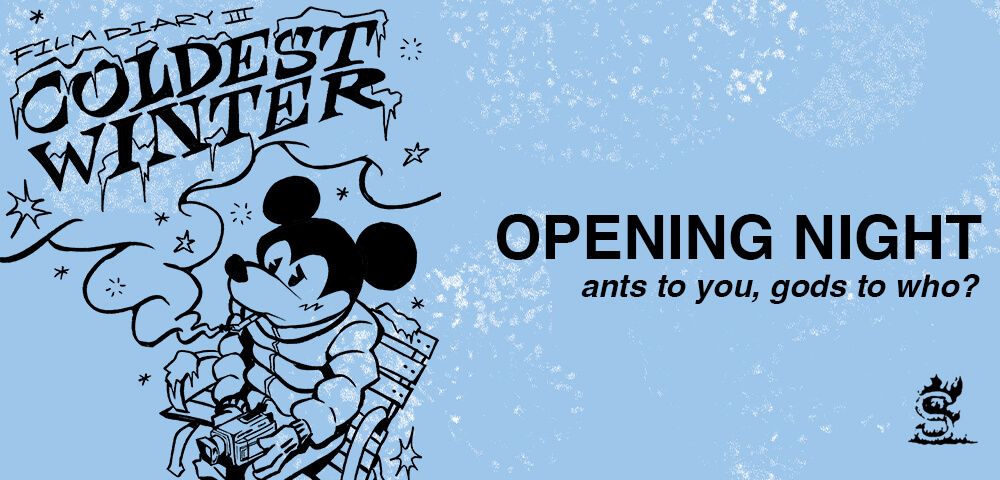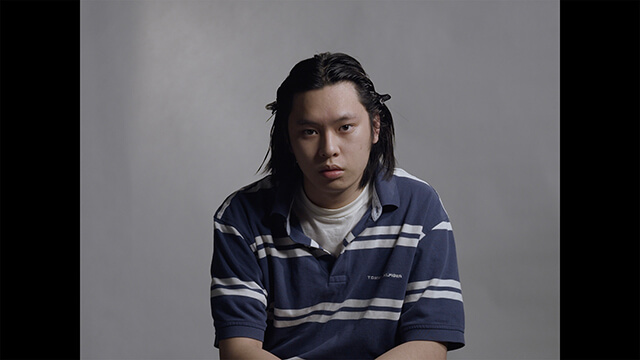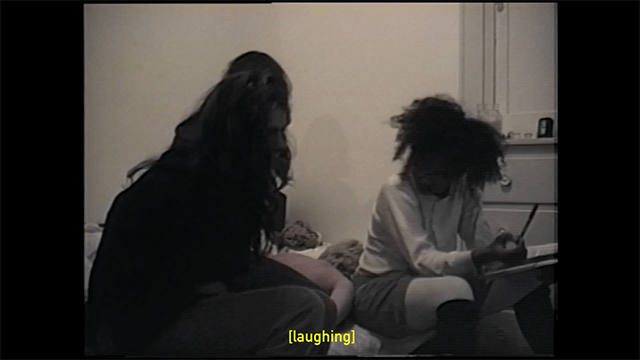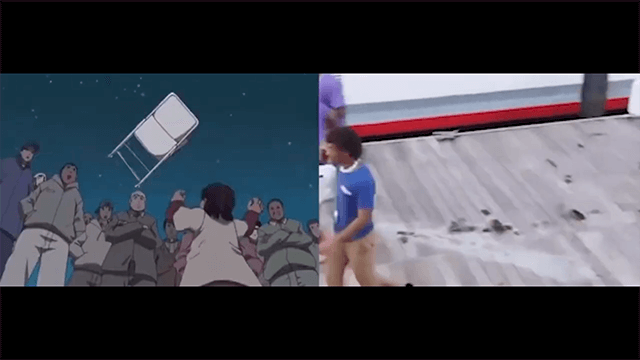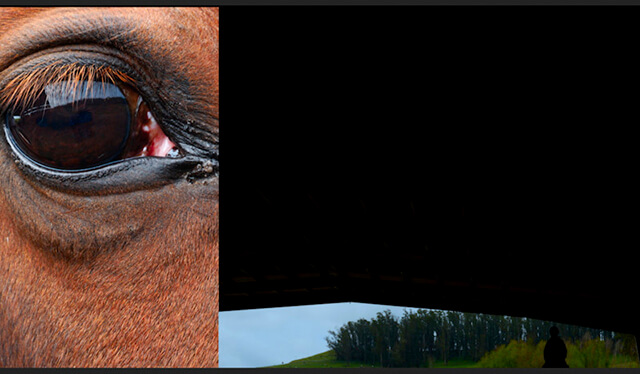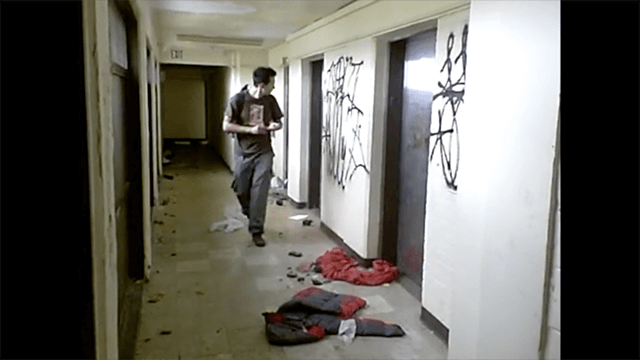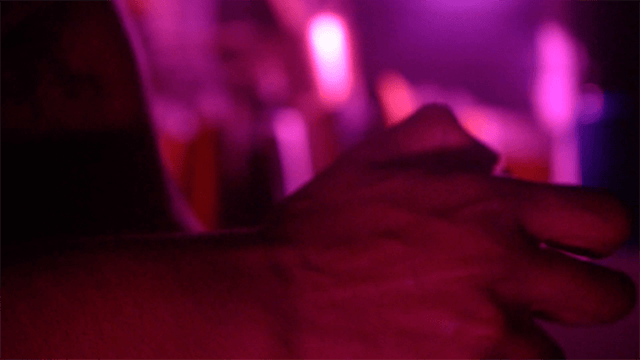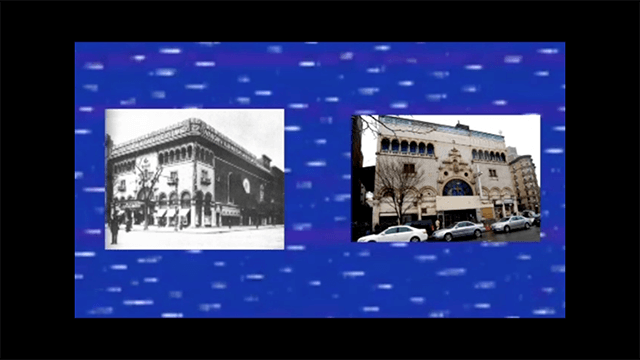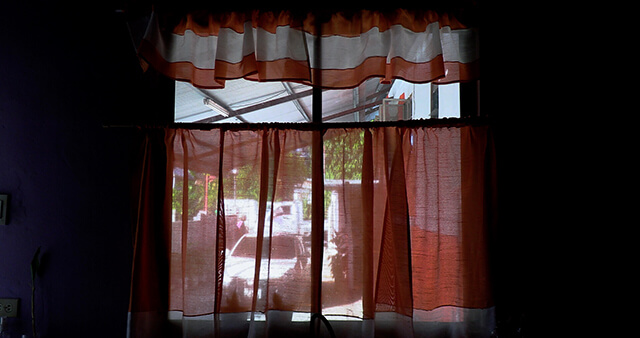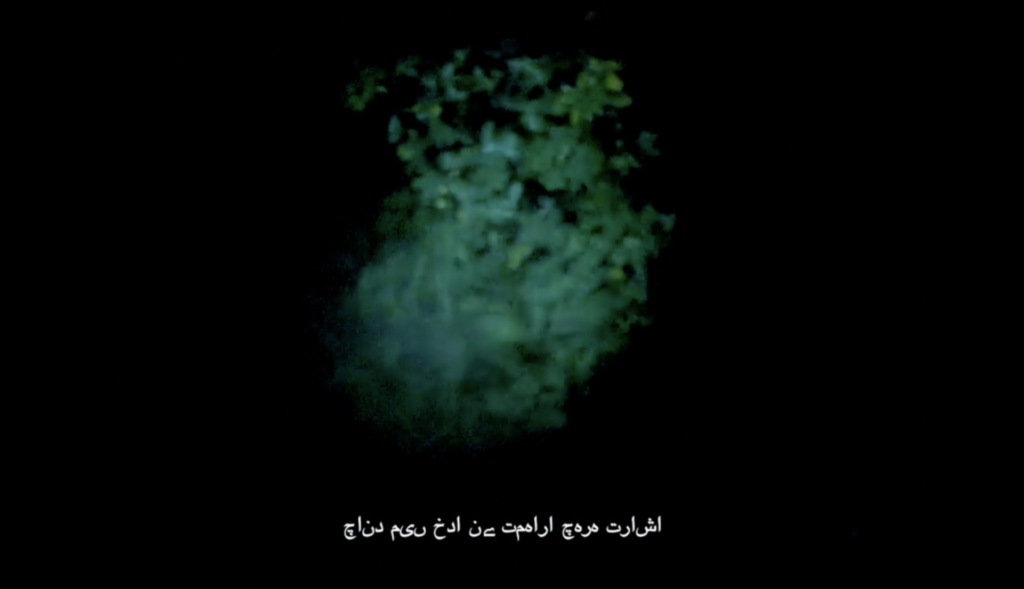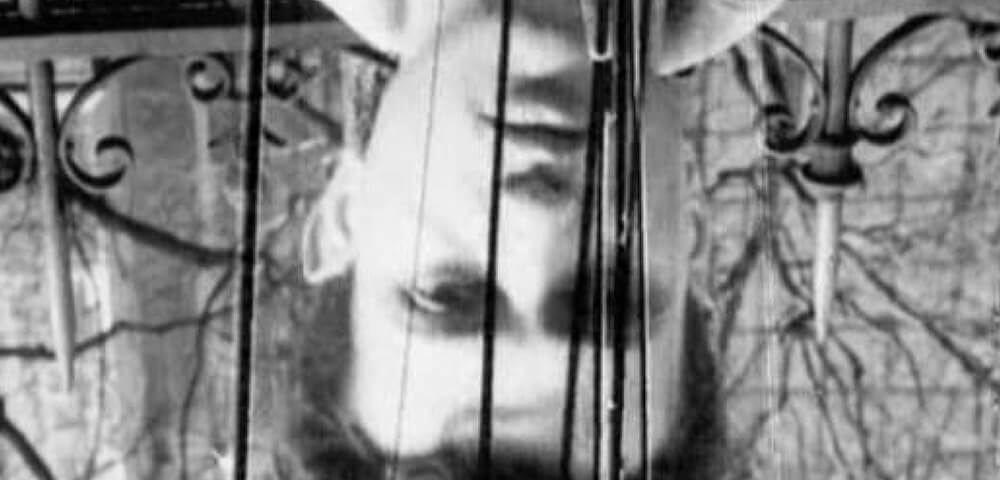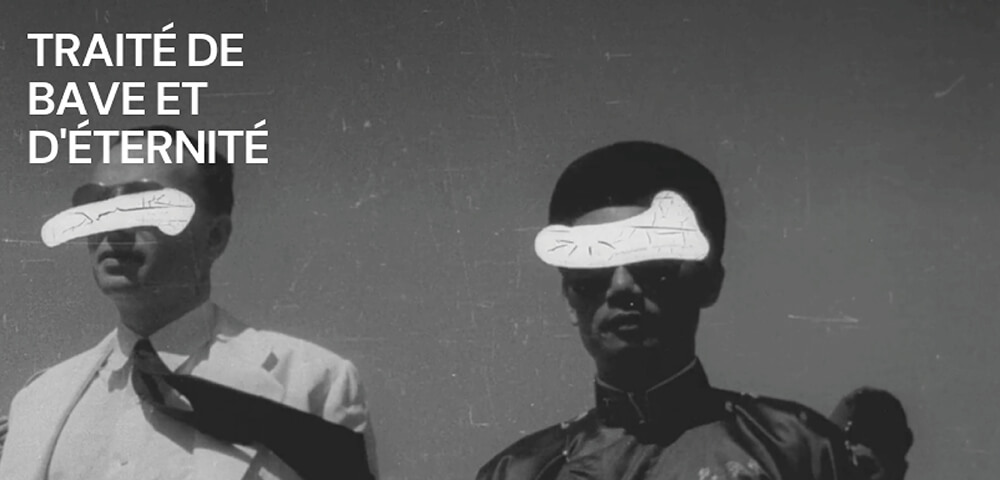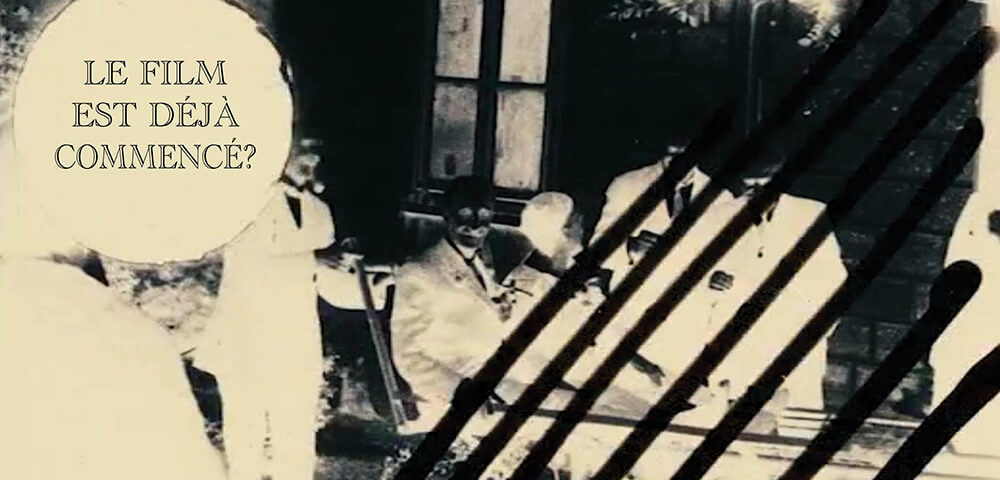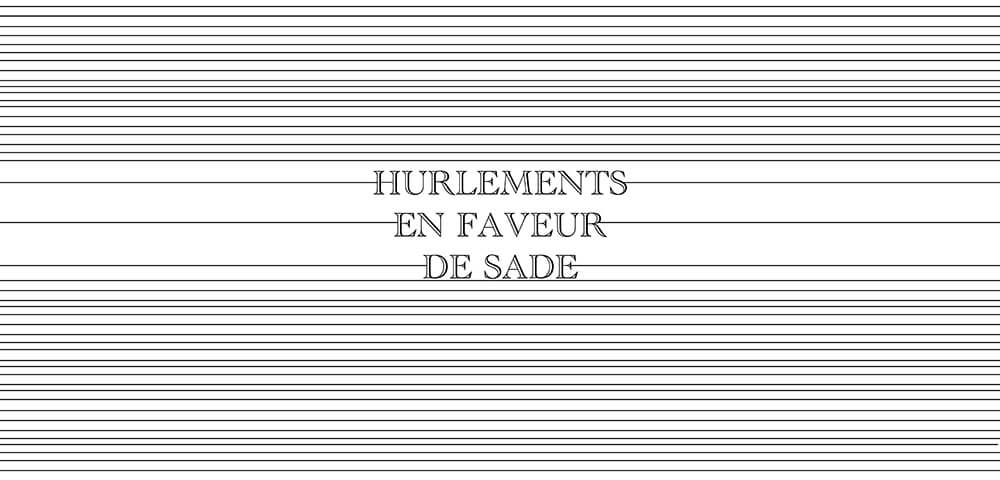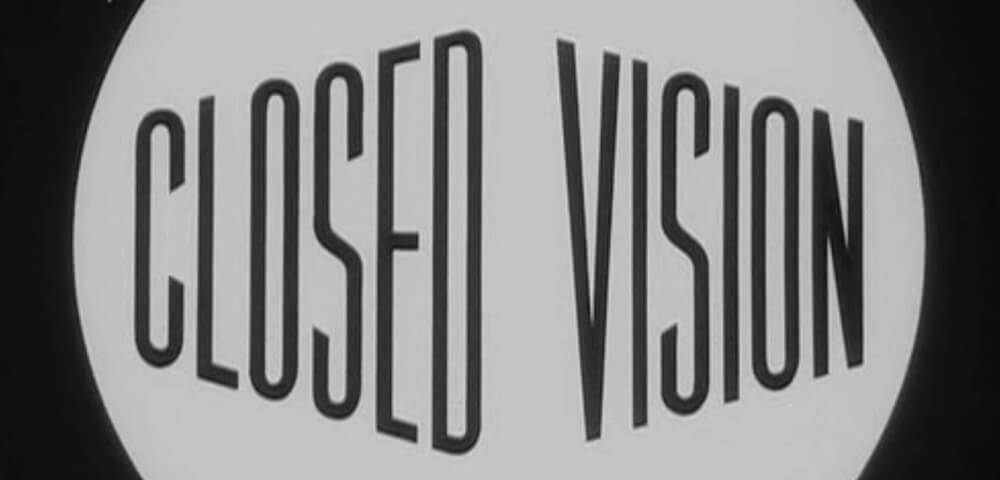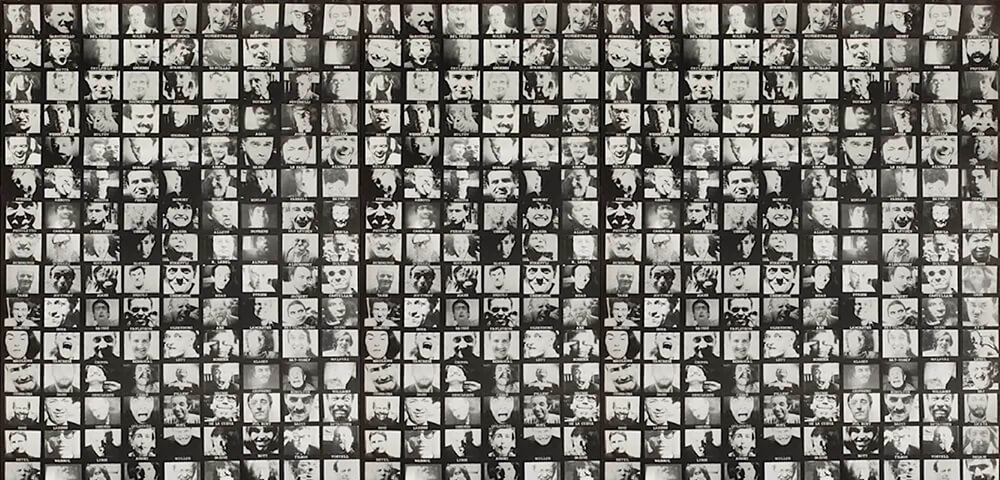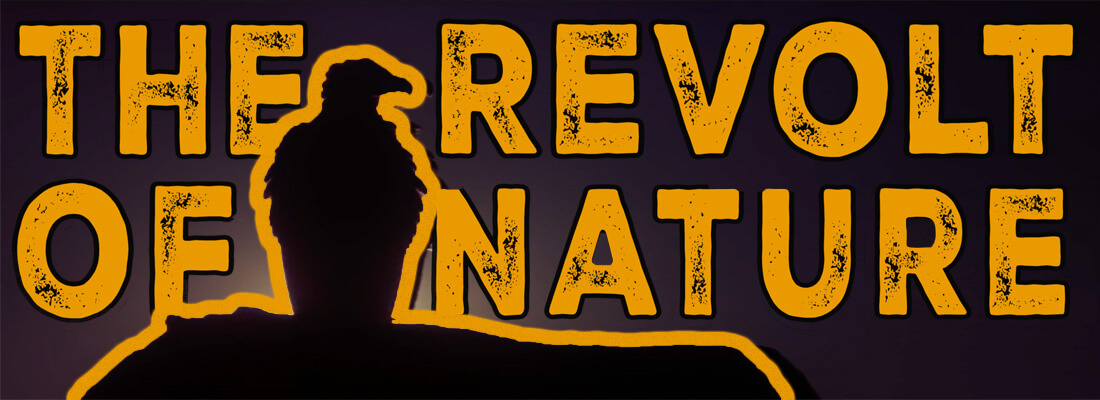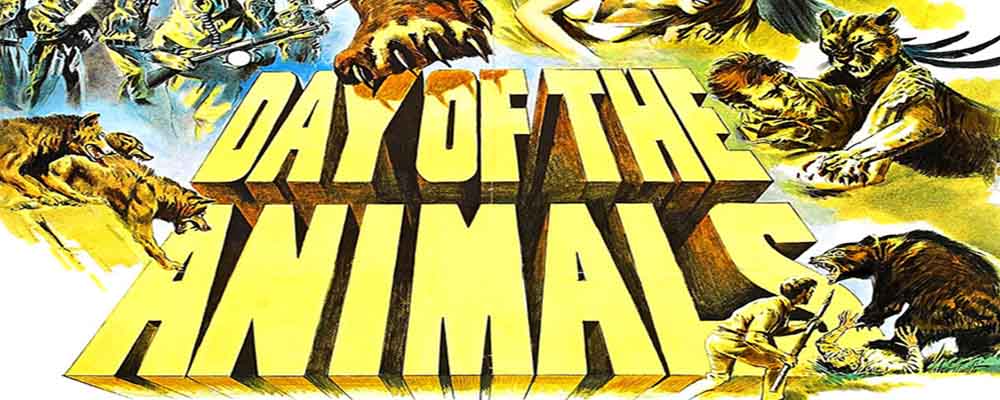As is tradition, Spectacle begins the New Year by looking back at the best programs and films of the previous year. In case you missed them the first time around, need to see them again, or want to drag your friends to their next favorite flick. All January, we will be encoring our favorites as voted on by the collective of volunteers and our members. Become a member today to vote in next year’s BEST OF.
The BEST OF SPECTACLE class of 2023:
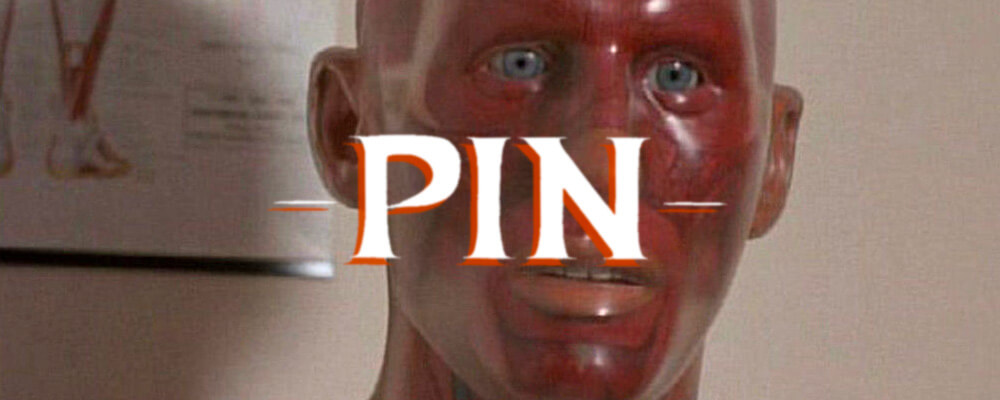
PIN
Dir. Sandor Stern. 1988.
Canada. 104 mins.
In English.
FRIDAY, JANUARY 05 – 7:30 PM
WEDNESDAY, JANUARY 10 – 7:30 PM
SATURDAY, JANUARY 27 – 10 PM
WEDNESDAY, JANUARY 31 – 10 PM
BUY TICKETS
Leon, a troubled child, befriends his father’s lifesized medical dummy, Pin. Leon’s reality crumbles following the death of his parents, and his obsession with Pin takes a dangerous turn.
The best way to describe PIN is by its full title, ‘PIN: A PLASTIC NIGHTMARE.’ Although the film might seem like a classic killer doll movie, à la PUPPET MASTER (1989), the true terror of PIN comes from within. Pin explores themes of childhood trauma, authoritarian parenting and object attachment in this emotionally driven psychological horror.
Based on the novel by the author of THE DEVIL’S ADVOCATE, Andrew Neiderman, and directed by Sandor Stern, screenwriter of THE AMITYVILLE HORROR (1979). Together, they have reimagined the killer doll subgenre without the comfort of childhood nostalgia. The result is a harrowing film starring David Hewlett (STARGATE: ATLANTIS, CUBE) and Terry O’Quinn (LOST, THE STEPFATHER).
Originally screened as part of SPECTOBER 2023.
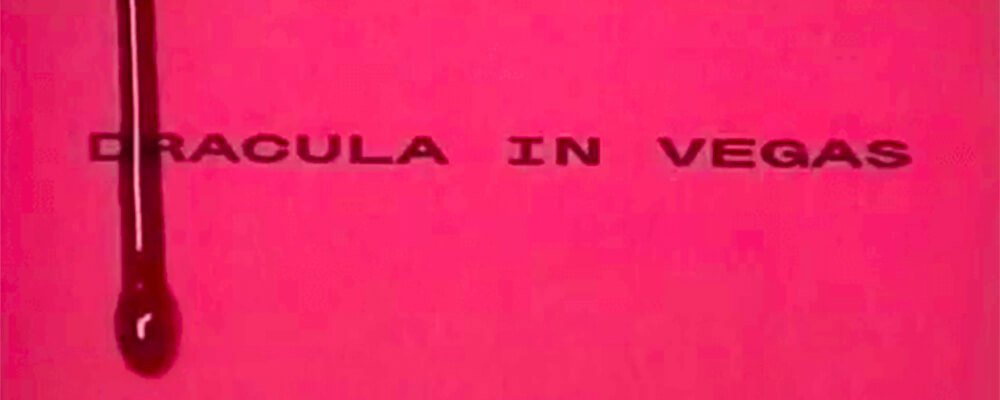
DRACULA IN VEGAS
Dir. Nick Millard, 1999
63 min, USA
In English
WEDNESDAY, JANUARY 03 – 10 PM
SATURDAY, JANUARY 13 – MIDNIGHT
TUESDAY, JANUARY 16 – 10 PM
FRIDAY, JANUARY 26 – MIDNIGHT
BUY TICKETS
A young, German vampire arrives in Las Vegas in order to put the bite on unsuspecting showgirls and hookers.
Shot on video for what looks to be a total budget of $15, DRACULA IN VEGAS follows a young vampire on his trials and tribulations looking for love in late 90’s Vegas, plastic fangs and all.
From the director of Spectacle favorite CRIMINALLY INSANE (1975), this late career gem of ANTI-VALENTINE’S garbage (clocking in at just 63 minutes!) is not to be missed.
Come for the incredibly overwrought accents and regional no-budget charm, stay for the late film rant about art films vs pornography, including the heaviest name drops ever featured in a movie this cheap.
Originally screened February 2023.
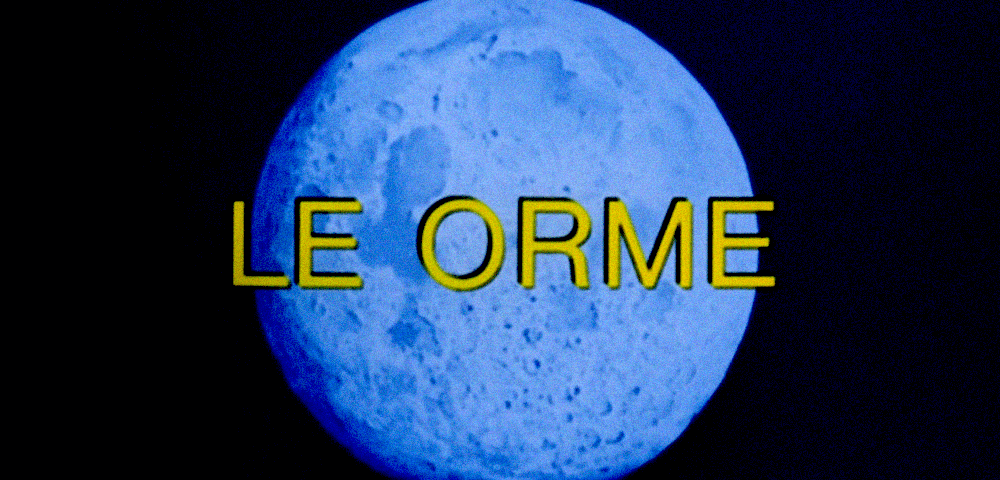
LE ORME
(aka FOOTPRINTS) (aka FOOTPRINTS ON THE MOON) (aka PRIMAL IMPULSE)
Dir. Luigi Bazzoni, 1975
Italy. 96 mins.
In English (dubbed) with a few minutes of Italian.
THURSDAY, JANUARY 04 – 7:30 PM
FRIDAY, JANUARY 12 – 7:30 PM
THURSDAY, JANUARY 25 – 10 PM
SUNDAY, JANUARY 28 – 5 PM
BUY TICKETS
In Luigi Bazzoni’s uniquely hallucinatory LE ORME, memories of a science fiction film seen in childhood return to haunt Alice (Florinda Bolkan, of LIZARD IN A WOMAN’S SKIN). The fragments of the film lodged in her memory concern an astronaut left behind on the moon; as Alice becomes more and more preoccupied with this vision, her life begins to spin out of control.
Shown at Spectacle in its first “Spectober” programme, LE ORME (originally reedited and rereleased in the States and Europe as PRIMAL IMPULSE) is an unsung masterpiece of 70s genre cinema, marrying the sustained ambient dread of gialli with god-tier cinematography by Vittorio Storaro (just after lensing Elizabeth Taylor in the similarly mental IDENTIKIT and before Bertolucci’s epic folly NOVOCENTO.) Klaus Kinski features in an extended cameo as the head of Mission Control.
Originally screened in July in partnership with the Rockaway Film Festival, and in August 2023.
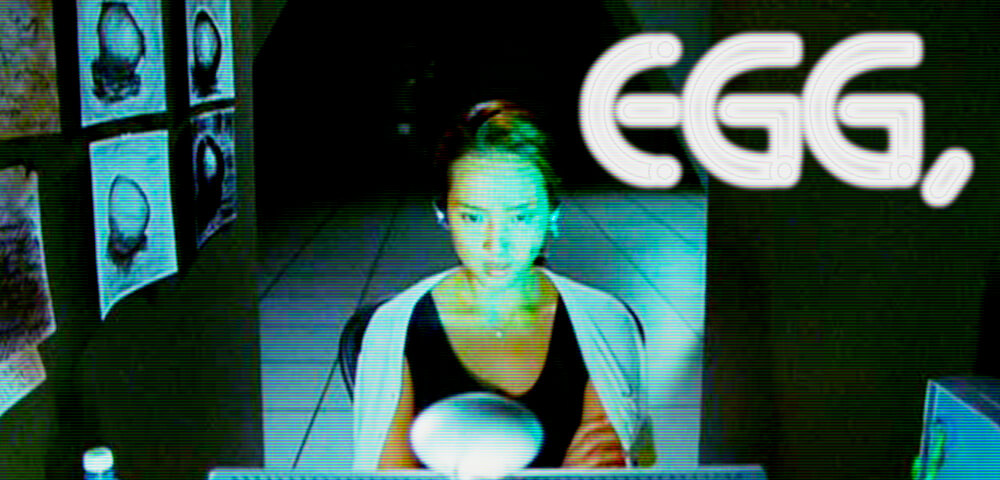
EGG
Dir. Yukihiko Tsutsumi, 2005
Japan. 72 min.
In Japanese w/ English subtitles.
FRIDAY, JANUARY 12 – 10 PM
WEDNESDAY, JANUARY 17 – 10 PM
SATURDAY, JANUARY 20 – 5 PM
TUESDAY, JANUARY 30 – 7:30 PM
BUY TICKETS
Her whole life Tsukiko Arai has been plagued by visions of a hellish world solely inhabited by one large egg any time she closes her eyes. One day, the egg hatches and Tsukiko must come to terms with her past and the evil unleashed inside her mind. In the vein of similar Japanese mind-benders like Miike’s GOZU but wholly its own beast, EGG. is a scramble eof deep fears, slapstick comedy, and Gilliam-esque workplace absurdity. From the mind of Yukihiko Tsusumi, the director of 2LDK.
Originally screened in April 2023.
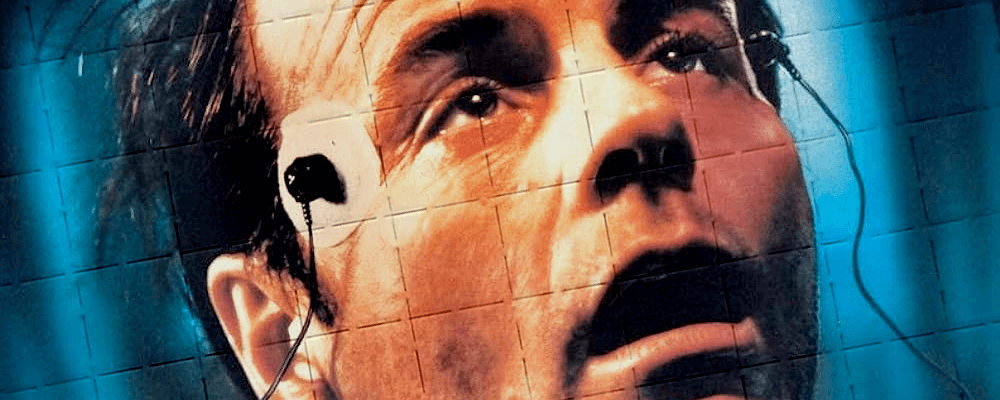
MINDFIELD
LA MÉMOIRE ASSASSINÉE
Dir. Jean-Claude Lord, 1989
Canada. 92 min
In English
SATURDAY, JANUARY 06 – 10 PM
TUESDAY, JANUARY 16 – 7:30 PM
WEDNESDAY, JANUARY 24 – 10 PM
MONDAY, JANUARY 29 – 10 PM
BUY TICKETS
Not to be confused with the Alien Workshop video of the same name, MINDFIELD stars Michael Ironside as the hard-nosed sergeant, Kellen O’Reilly, who is fresh from a divorce, and at the center of a brewing police union strike. Errant memories, depression, and flashbacks plague O’Reilly who deals silently with his ongoing history of mental health issues.
The police union’s legal representative, Sarah Paradis (Lisa Langlois), is splitting her time between the strike and prosecuting an ongoing case against the medical facility Coldhaven and its head doctor, Satorius (Christopher Plummer). Paradis alleges that Satorius used CIA funds to “play with human brains” and conduct experiments on unsuspecting patients. But Sarah is not the only degree of separation that Sergeant O’Reilly has with Coldhaven. If O’Reilly can regain his memories, thwart a group of company men up from the states, and unlock the killer implanted deep inside, will he be able to close the books on Coldhaven once and for all?
Leave it to the Canadians to have the realist take on Project MKUltra. Jean-Claude Lord’s MINDFIELD is surprisingly grounded and gritty with Ironside giving possibly the most accurate on-screen performance of someone under the effects of LSD. Nailing that “oh fuck” moment when the peak hits and you realize any simple task is just too much to ask for. The CIA operatives are also not exaggerated to the levels of tinseltown sexiness seen in the likes of Ethan Hunt or Jack Ryan. They appear as they are, schlubs. Evil terrorist schlubs intertwined with organized crime. The CIA would never let Hollywood get away with such a portrayal.
Originally screened in September 2023 as part of the series THE SPY WHO DOSED ME.
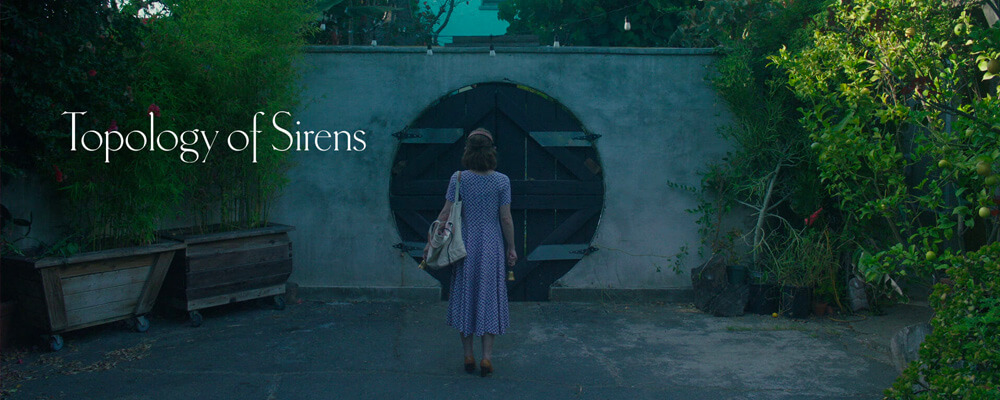
TOPOLOGY OF SIRENS
Dir. Jonathan Davies, 2021
USA. 106 min.
In English.
TUESDAY, JANUARY 09 – 10 PM
SATURDAY, JANUARY 13 – 7:30 PM
WEDNESDAY, JANUARY 17 – 7:30 PM
SUNDAY, JANUARY 21 – 7:30 PM
BUY TICKETS
After discovering a set of cryptic microcassettes in her new home, Cas is drawn into a meditative mystery of environmental sound and experimental music.
Cas, an academic assistant and amateur musician, moves into her aunt’s old home. In the bedroom closet, she finds a cache of mysteriously labeled microcassette tapes, containing cryptic recordings of sounds ranging from everyday objects to abstract soundscapes. Cas’s curiosity to discover the origin of these tapes leads her on a meditative journey through unknown verdant Californian landscapes, encountering experimental music performances, eccentric shop owners, and early music treasures along the way. As her adventure progresses, the mystery unravels in equally enigmatic and enlightening ways.
Showcasing a softer, pastoral version of LA and featuring a lovely soundtrack, Topology of Sirens is a beguiling treasure that should be experienced in a theater. For fans of Kelly Reichardt, Apichatpong Weerasethakul, Myst.
Originally screened in July 2023.
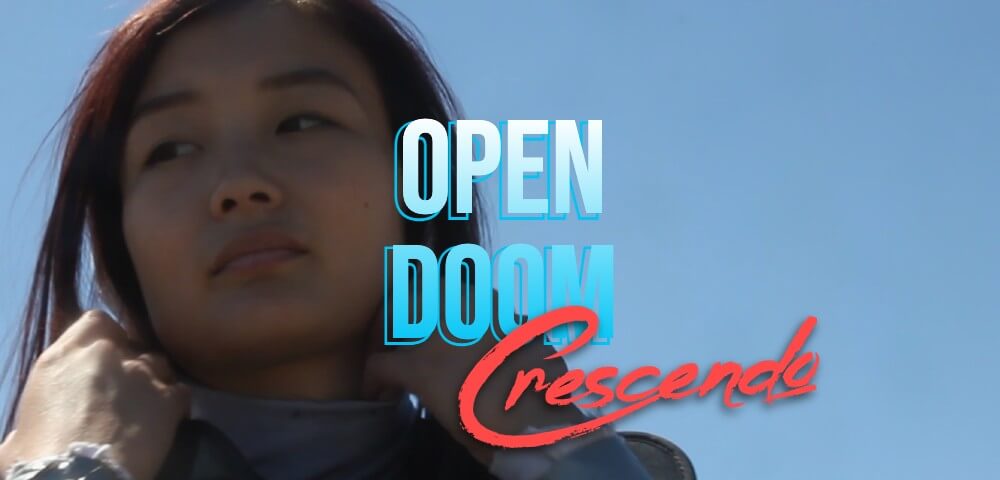
OPEN DOOM CRESCENDO
Dir. Terry Chiu, 2022
Canada. 175 min.
SUNDAY, JANUARY 14 – 7:30 PM, BUY TICKETS
SATURDAY, JANUARY 27 – 6:00 PM, with Director Q&A, this event is $10. BUY TICKETS
In the destroyed present, the aggressively badass Keikei (Xinkun Dai) and her lackadaisical white-shirted pal Rev (Ging Yu Kei) wander the wasteland looking for their friend Spike (Matias Rittatore), in between running into the confrontational Lady Moondrift (Pei Yao Xu) and her Candy Ass Kickers (They kick candy ass!!!), or the deadly Psycho on The Radio – whose kill count is like into the 900s – with the promise that one day, they’ll get all the answers to their problems from the Embodiment of Angst.
Writer/Director Terry Chiu’s an open book. His fears, anxiety, humour and personality are splattered all over the epic 3-hour running time of OPEN DOOM CRESCENDO, but the greatest trick he pulls is balancing it all like a circus acrobat juggling ten chainsaws dipped in battery acid.
This isn’t merely stream-of-consciousness madness, or wackiness for the sake of it, but a well-thought-out (Every line is carefully scripted) piece that is also hilariously funny. Terry’s base style is ADULT SWIM meets SHINYA TSUKAMOTO, but he knows when to slow things down, to engross the viewer in his characters’ twisty philosophical musings, brilliantly clarified by Burnt-In Chinese/English subtitles, and a narrative gambit straight out of END OF EVANGELION, that puts the endeavour in a different emotional context, before the audience is bodyslammed with a climax worthy of a quadrillion dollar blockbuster (but with more cardboard). You may not get all the answers on the first viewing, but that’s part of the design.
Originally screened in July 2023.
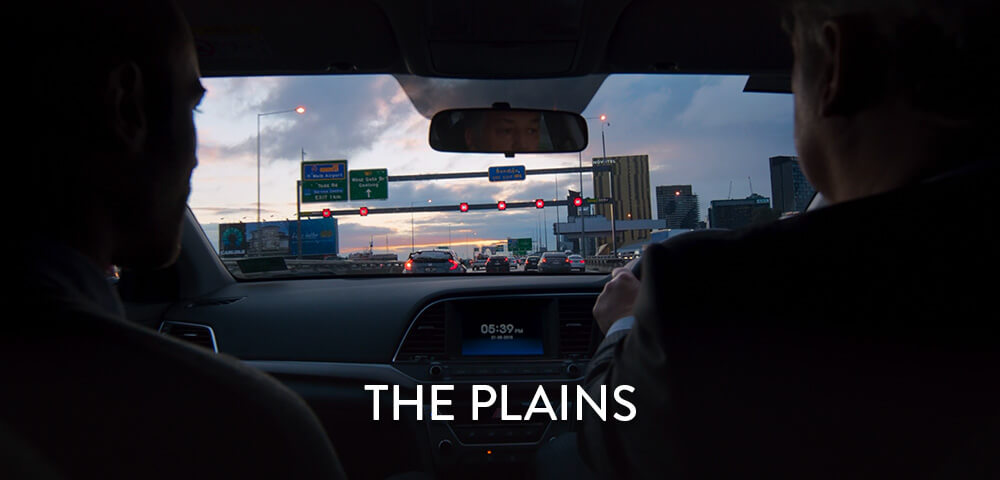
THE PLAINS
Dir. David Easteal, 2022
Australia. 180 min.
In English.
SATURDAY, JANUARY 06 – 6 PM
SUNDAY, JANUARY 28 – 7:30 PM
BUY TICKETS
“In Easteal’s first feature, the Australian director adopts a durational model of filmmaking that arguably hit its peak around the turn of the 2010s, but he parlays the conceptual framework into a casually engrossing work free of slow cinema’s more trying aspects (e.g., long passages of silence; quasi-symbolic characters on seemingly endless quests toward enlightenment). Running 180 minutes and set almost entirely inside a car, The Plains depicts the daily commute of a middle-aged businessman from the parking lot of a Melbourne law office to his home in the city’s outer suburbs. Every day, at just after 5 p.m., Andrew (Andrew Rakowski) gets into his Hyundai, calls his wife, and checks in with his ailing mother, before listening to talk radio for the remainder of the hour-long drive. Occasionally, he offers a lift to a coworker, David (played by Easteal), who’s going through a breakup and is generally dissatisfied with his personal and professional life. Over the course of the film— told recursively, beginning at the same time and location each day—Andrew and David reveal themselves in casual, offhand conversations (apparently scripted but delivered so naturally as to evoke the feel of a documentary) that accumulate into an acute portrait of modern life—one in which otherwise unarticulated beliefs, regrets, and anxieties bring to light a shared humanity too often lost in the commotion of the world.”
—Jordan Cronk, Film Comment
Originally screened in August 2023.
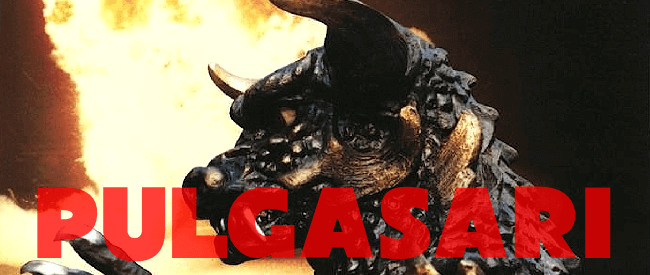
PULGASARI aka BULGASARI
Dir. Sang-ok Shin, 1985
North Korea. 95 min
In Korean with English subtitles.
MONDAY, JANUARY 08 – 10 PM
SATURDAY, JANUARY 20 – MIDNIGHT
TUESDAY, JANUARY 23 – 10 PM
BUY TICKETS
Over the span of 20 years, Sang-ok Shin – sometimes called “the Orson Wells of South Korea” – made upwards of 60 films but all that changed in 1978 when the studio closed. Things would go from bad to worse when in what should be an unbelievable turn of events, Shin and his wife (actress Choi Eun-Hee) were kidnapped by Kim Jong-il. Kim’s intent was to have Shin create films showcasing the power and might of the Korea Workers Party for all the world to see, with Choi Eun-Hee as their star. Before their escape to Vienna in 1986, and after years in prison camps, they would make 7 films – PULGASARI being a crown jewel among them.
While seemingly an obvious Godzilla rip-off, the film is about an evil king in feudal Korea who learns of a coming peasant rebellion. The king gathers all the metal he can find – farming tools, cooking pots, etc – to make into weapons to squash the small army. A dying blacksmith uses the last of his strength to create a monster made of rice – Pulgasari. When his daughter’s blood hits it, the monster comes to life and traverses the countryside, eating iron – as monsters are wont to do.
Not seen outside of Korea for over a decade after its release, the film has gained a cult following for its special effects – with Kenpachiro Satsuma who was Godzilla for over a decade in the Pulgasari costume!
Originally screened in March 2023.
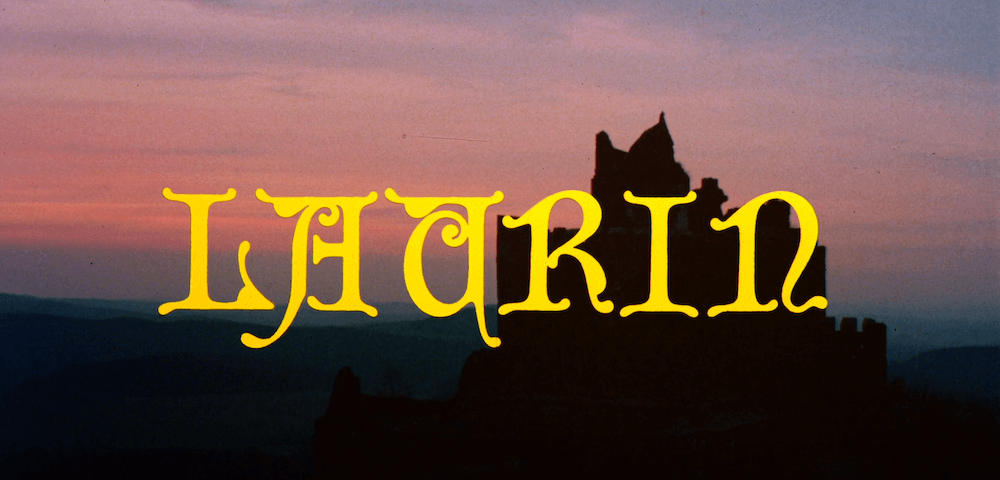
LAURIN
(aka LAURIN: A JOURNEY INTO DEATH)
Dir. Robert Sigl, 1989
83 mins. Germany.
In (dubbed) English.
SATURDAY, JANUARY 13 – 10 PM
SUNDAY, JANUARY 21 – 5 PM
SATURDAY, JANUARY 27 – MIDNIGHT
BUY TICKETS
Robert Sigl’s debut feature LAURIN takes place in a small port town in Germany at the turn of the 20th century, where children have begun to go missing. After her pregnant mother is murdered, nine year old Laurin (Dóra Szinetár) must contend with visions both dreamlike and nightmarish – and laced with possible clues towards the mystery encircling the village.
Made when Sigl was just 25 years old, LAURIN is a gothic fairy tale of ethereal beauty, evenly evoking Fritz Lang’s M., Victor Erice’s SPIRIT OF THE BEEHIVE and Richard Blackburn’s LEMORA: A CHILD’S TALE OF THE SUPERNATURAL. Shot on location in Hungary and heavy on ambience (abetted greatly by the work of cinematographer Nyika Jancsó, son of Miklos), the film barely qualifies as horror; it’s more of a gothic fairy tale, ruminating on innocence lost, suppression of sexuality and the concentric nature of abuse handed down across generations.
Originally screened as part of SPECTOBER 2023.
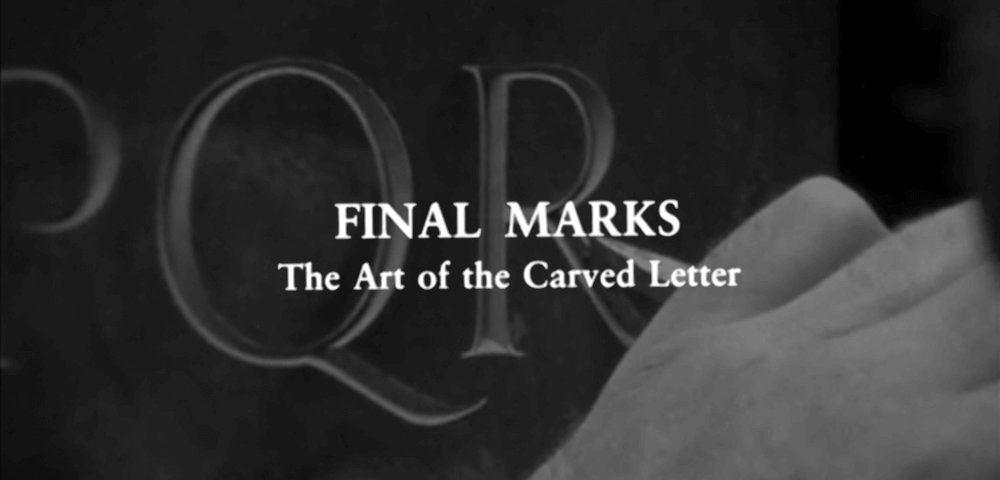
FINAL MARKS: THE ART OF THE CARVED LETTER
Dirs. Frank Muhly Jr. & Peter O’Neill, 1979
United States. 49 min
In English
SUNDAY, JANUARY 07 – 5 PM
SATURDAY, JANUARY 13 – 5 PM
THURSDAY, JANUARY 18 – 7:30 PM
BUY TICKETS
FINAL MARKS documents the work of the John Stevens Shop in Newport, Rhode Island. Founded in 1705 by the eponymous English immigrant, the shop was run by his family for over 220 years until it was purchased by calligrapher John Howard Benson in the 1920s. It remains within the Benson family to this day. By the time the documentary was filmed in the late 1970’s, Benson’s son John Everett Benson, or “Fud”, ran the shop with his associates: John Hegnauer and Brooke Roberts; all of whom appear notably young and hip in bell-bottom jeans and sneakers. It should be noted that even by this point, carving letters into stone was already considered a dying art; replaced on graves and buildings by industrial techniques such as sandblasting, and pneumatic chisels.
The filmmakers were given complete access to the shop for over two years, allowing them to film intimate moments with the artisans in their day-to-day lives. As the subjects correspond with clients, source stone for the shop, and travel to Washington D.C. for an on-site commission adorning the then incomplete I.M. Pei extension of the National Gallery, directors Muhly and O’Neill take a subtle and restrained approach to capturing the shop’s endeavors; creating a film that is as meditative and contemplative as its subjects. The poised restraint of the camera’s movements is an equal match to the elegance of Benson’s lettering.
Fud Benson and Hegnauer act as the primary narrators of the film, musing about their motivations, beliefs, and ideologies as they relate to the practice and vocation of carving letters. For Benson and his team, cutting the stone is only a small part of the endeavor; designing the letterforms and their collective layout is the real challenge. Benson visits the Common Burial Ground in Newport, located just up the street from the shop, to investigate the stonework of those who came before him. He comments on his father’s early carving, his influences, and his abilities as a letterer and letter cutter; primarily focusing on how he used the ancient roman brush style to inform, and give personality to his stone cutting.
Screening with:
FAREWELL ETAOIN SHRDLU
Dir. David Loeb Weiss, 1978
United States. 29 min
In English
Narrated by Carl Schlesinger, and named after the keyboard arrangement of the Linotype machine (Etaoin Shrdlu being the Qwerty of the pre-desktop computer age), this film documents the final day of hot metal typesetting within the composing room of the New York Times (Sunday, July 1st, 1978). The Linotype and Ludlow machines being used will be “by morning, relics of the past”. The film gives a detailed account of how a Linotype machine operates, its components, and how it is used by a trained compositor. Followed by the rest of the newspaper making process, including layout, proofing, mold making, and printing; all seen only minutes before deadline. One older staff member decides to make the night his last, retiring alongside the Linotype machine so as to avoid having to learn any of the new computerized photographic methods, which are detailed in the latter part of the film.
In a monologue at the end of the film, Schlesinger takes solace in the fact that, while these new computer processes have replaced what he once knew, there are still human hands, eyes, and minds behind them. If he only knew what was to come.
Originally screened in June as part of the series COUNTER ACTS: TYPE AND LETTERING ON FILM AND VIDEO.
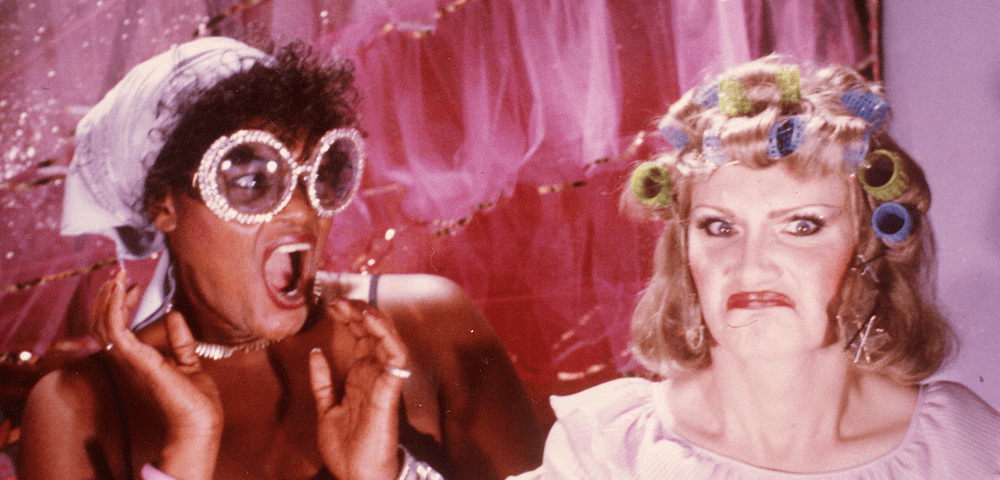
CITY OF LOST SOULS
(STADT DER VERLORENEN SEELEN)
Dir. Rosa von Praunheim, 1982
91 minutes. Germany.
In German and English with English subtitles.
WEDNESDAY, JANUARY 03 – 7:30 PM
FRIDAY, JANUARY 19 – 10 PM
WEDNESDAY, JANUARY 31 – 7:30 PM
BUY TICKETS
Onetime 82 Club performer and trans pioneer Angie Stardust becomes den mother to a group of weirdo queer American émigrés at her Berlin burger restaurant slash boarding house in this absurdist glam musical. Largely drawn from the real-life backgrounds of its stars—including punk icon Jayne County, performance artist Juaquin la Habana, and porn star Tron von Hollywood—and with a number of new wave earworms taken from County and Hollywood’s live U-Bahn to Memory Lane revue, CITY OF LOST SOULS is inclusive, incisive, and one of the greatest trans films ever made.
Originally screened in June as part of the series OUR BODIES ARE STILL ALIVE: SIX FILMS BY ROSA VON PRAUNHEIM.
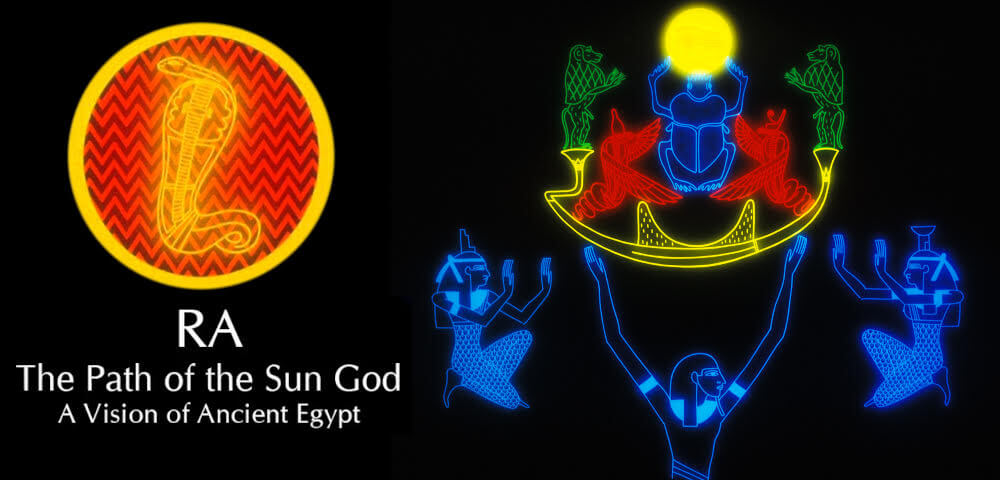
RA: PATH OF THE SUN GOD
Dir. Lesley Keen, 1990
Scotland. 72 min.
In English.
MONDAY, JANUARY 08 – 7:30 PM
SUNDAY, JANUARY 14 – 5 PM
TUESDAY, JANUARY 30 – 10 PM
BUY TICKETS
A three-part animated feature film on themes from ancient Egyptian art and mythology.
Four years in the making, RA was created and shot entirely in Glasgow by Persistent Vision Animation, Scotland’s only animation studio at the time. The film combines traditional animation techniques with special optical effects to produce a dream-like evocation of Ancient Egyptian beliefs about the Creation and Man’s place within it.
DAWN: The Creation
The first part of the film is given over to the Egyptian Genesis. The Egyptians had many gods and goddesses and creation myths. Ra brings these myths together in a single version and concentrates on the story of Osiris and Isis and their battle with their evil brother Set.
NOON: The Year of the King
Part two shows the intertwining of the world of the gods with that of the Divine Pharaoh, whom the ancient Egyptians believed to be the son of the Sun God Ra. The life of the Divine Pharaoh is depicted as a journey through the rituals which surround his initiation into temple life.
NIGHT: The Gates of the Underworld
In death, the Pharaoh continues his journey in the Underworld in the boat of the Sun God Ra, traveling through the twelve hours of night and conquering the powers of darkness before being resurrected at the dawn of the new day.
Screening with:
TAKING A LINE FOR A WALK: A HOMAGE TO THE WORK OF PAUL KLEE
Dir. Lesley Keen, 1983
Scotland. 11 min.
In English.
ORPHEUS AND EURYDICE
Dir. Lesley Keen, 1984
Scotland. 6 min.
In English.
BURRELLESQUE
Dir. Lesley Keen, 1990
Scotland. 7 min.
In English.
Originally screened in August 2023.

SHOW ME LOVE
(FUCKING ÅMÅL)
Dir. Lukas Moodysson, 1998
89 mins. Sweden.
In Swedish with English subtitles.
WEDNESDAY, JANUARY 10 – 10 PM
THURSDAY, JANUARY 18 – 10 PM
MONDAY, JANUARY 22 – 7:30 PM
BUY TICKETS
If there’s a tactile and poetic quality to Lukas Moodysson’s FUCKING ÅMÅL (known in the states as SHOW ME LOVE) it’s probably owed to the Swedish filmmaker’s background as a poet. To tell the story of two high school aged girls, bad girl Elin (Alexandra Dahlström) and wallflower Agnes (Rebecka Liljeberg), Moodysson shot his debut feature on Super 16mm, lending his dive into the psychic landscape of young women who feel the claustrophobia and malaise of insularity an invigorating textural quality.
While Agnes nurses a nearly debilitating crush on Elin, compounded by a general sense of outsider-ism at school, Elin starts to feel the crush of the aimlessness and dullness of Amal’s terrain. The school parties and insistent boys give her nothing; but there’s something about Agnes’ sweetness and vulnerability that contrasts with her rashness that creates a magnetic charge between the two.
Special thanks to American Genre Film Archive.
Originally screened in May 2023.
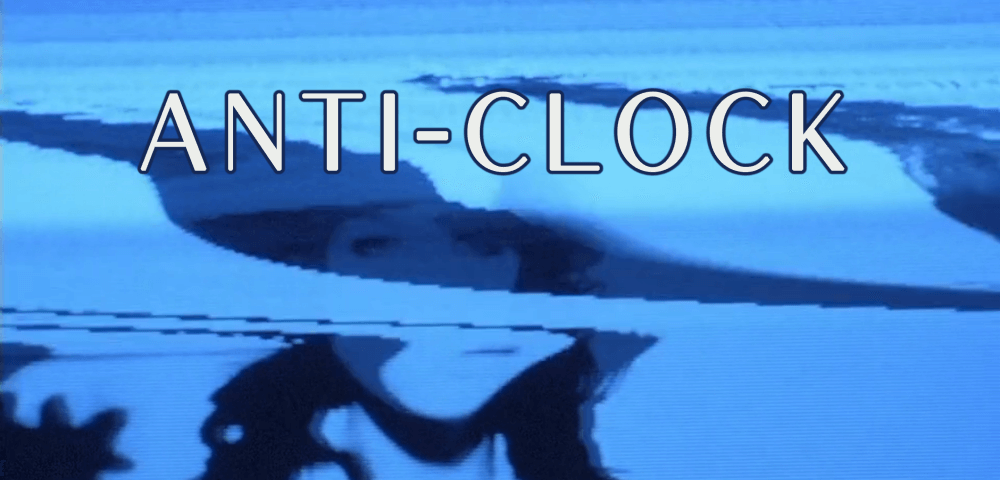
ANTI-CLOCK
Dir. Jane Arden & Jack Bond, 1979
UK. 104 min.
In English.
MONDAY, JANUARY 15 – 7:30 PM
TUESDAY, JANUARY 23 – 7:30 PM
FRIDAY, JANUARY 26 – 7:30 PM
BUY TICKETS
A groundbreaking marriage of cinema and video art, ANTI-CLOCK is the story of Joseph, a man subjected to intense and bizarre experimental therapies to alleviate his suicidal ideations. Following the unfortunate death of collaborative partner Jane Arden, co-director Jack Bond had ANTI-CLOCK sealed away from the public for 30 years until convinced to revisit and restore the film in 2009 by Arden’s children.
Originally screened in April 2023 as part of the series TWO FILMS BY JACK BOND.
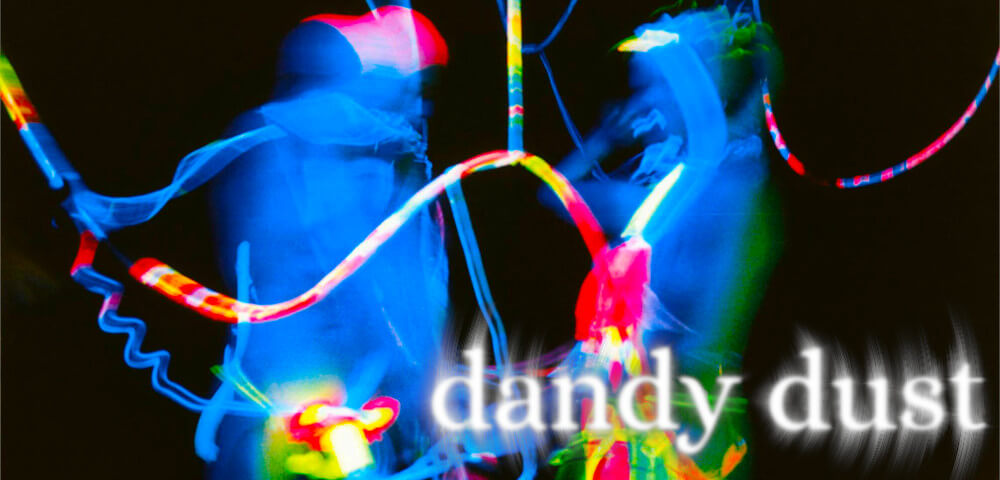
DANDY DUST
Dir. A. Hans Scheirl, 1998
Austria. 94 min.
In English
TUESDAY, JANUARY 09 – 7:30 PM
FRIDAY, JANUARY 12 – MIDNIGHT
FRIDAY, JANUARY 26 – 10 PM
BUY TICKETS
Dust, a split-personality cyborg of fluid gender, zooms through time and space in search of his/her own memories and a sense of understanding. S/he travels from the Planet of White Dust where war is constant, to the Planet of Blood and Swelling, a hybrid of his/her father’s body.
A cyborg with a split personality and fluid gender zooms through time to collect his/her selves in a struggle against a family obsessed by lineage: This cartoon-like futuristic low-budget horror satire by the Austro-British filmmaker Hans Scheirl turns the real into the absurd, for the duration of a small cybernetic, chemo-sexual film adventure at least. Identity is just a matter of creativity, and far beyond cinema’s limitations.
—Stefan Grissemann
Originally screened in March 2023.
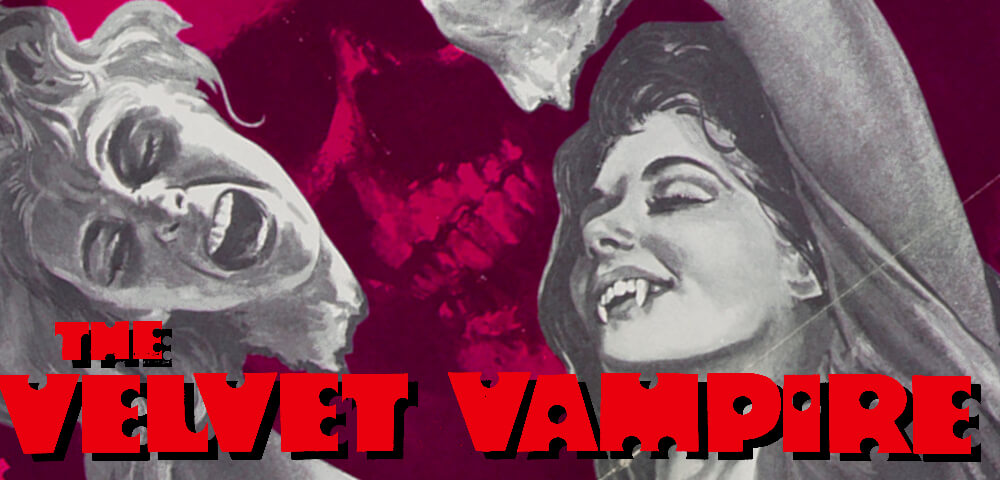
THE VELVET VAMPIRE
Dir. Stephanie Rothman, 1971
United States. 80 min.
In English.
THURSDAY, JANUARY 04 – 10 PM
MONDAY, JANUARY 15 – 10 PM
FRIDAY, JANUARY 19 – MIDNIGHT
BUY TICKETS
Lee and his wife, Susan, accept the invitation of the mysterious vixen, Diane LeFanu, to join her at her secluded desert estate. Tensions begin to arise when the couple, unaware at first that Diane is really a centuries-old vampire, realize that they’ve both become the object of the temptress’ seductions.
Following the success of THE STUDENT NURSES, Rothman and Swartz reteamed with Larry Woolner on this unorthodox modern-day vampire tale. Rather than approach it as a straightforward horror story, Rothman used the film as an opportunity to subvert common vampire tropes by making the vampire figure a woman, equally deadly and desirous, and painting Susan’s character as a protagonist rather than a victim.
Visually, the film is Rothman’s most surreal, drawing inspiration from works of Cocteau and Franju as much as it did the adjacent European erotic vampire scene (DAUGHTERS OF DARKNESS, VAMPYROS LESBOS). Rothman’s vampire is less a horror icon than a totem of limitless pleasure, one who eschews a coffin for a lush king-size bed, large enough for three.
Originally screened in September 2023 as part of the series THE FILMS OF STEPHANIE ROTHMAN.
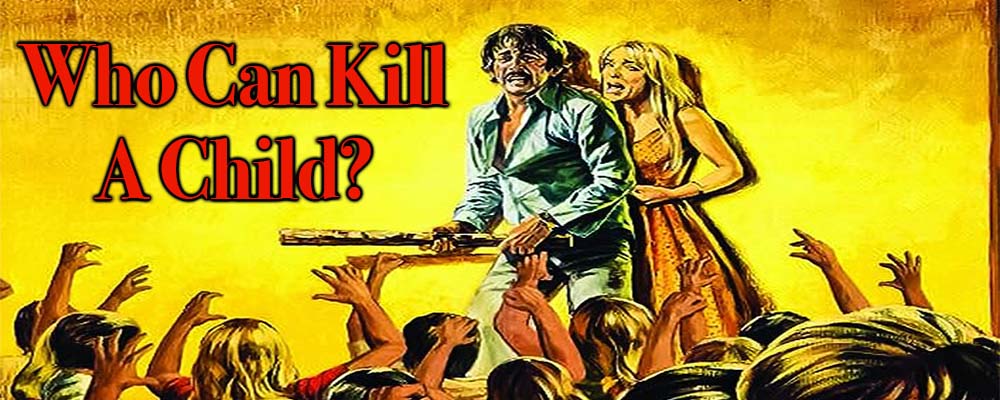
WHO CAN KILL A CHILD?
Dir. Narciso Ibáñez Serrador. 1976.
Spain. 102 mins.
In English and Spanish.
FRIDAY, JANUARY 05 – MIDNIGHT
FRIDAY, JANUARY 19 – 7:30 PM
WEDNESDAY, JANUARY 24 – 7:30 PM
BUY TICKETS
English tourists Tom and Beth take a trip to the remote island of Almanzora off the Spanish coast. They discover there are no adults on the island, only children.
WHO CAN KILL A CHILD? was riddled with distribution problems. In an attempt to sell the movie, producers renamed it multiple times for different regions, including CHILDREN OF THE CORN TORTILLA and TRAPPED. Luckily, the film withstood the test of time and eventually became a cult classic. The film was remade in 2012 as COME OUT AND PLAY.
For this presentation, Spectacle will be showing THE ISLAND OF THE DAMNED cut of the movie. This version was the original release in the US, without the opening ten minutes of child murder documentary footage.
Originally screened in November 2023 as part of the series KILLER KIDS.
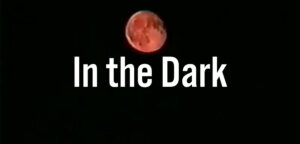
RICHARD LAYMON’S IN THE DARK
Dir. Clifton Holmes, 2000
United States. 106 min.
In English.
SATURDAY, JANUARY 06 – MIDNIGHT
THURSDAY, JANUARY 11 – 10 PM
MONDAY, JANUARY 22 – 10 PM
BUY TICKETS
Play a game with only one rule … keep playing
We are very excited to screen this never-officially-released adaptation of the never before-or-since adapted Richard Laymon novel, IN THE DARK. The novel follows librarian Jane, who finds a note one day from the unseen and unheard ‘Master of Games’, daring her to complete increasingly more drastic challenges for money as she gets drawn further into the perverse world of the game.
Laymon’s writing typically leaned toward the extreme and the splatter, but Clifton’s adaptation focuses on the discomfort of what goes unseen, steeping us in Jane’s mundane world as she sinks deeper into the game, seemingly unable to stop herself, and brilliantly tapping into the human impulse to find out what happens if we go just a little further. IN THE DARK feels like an art-house slow burn SAW without the on screen torture.
Shot on mini-DV on a miniscule budget, what Clifton Holmes’ Chicago-set adaptation lacks in budget, it more than compensates for in pure mood and dread, entering the rare pantheon of films that manage to improve upon their source material.
Originally screened as part of SPECTOBER 2023.
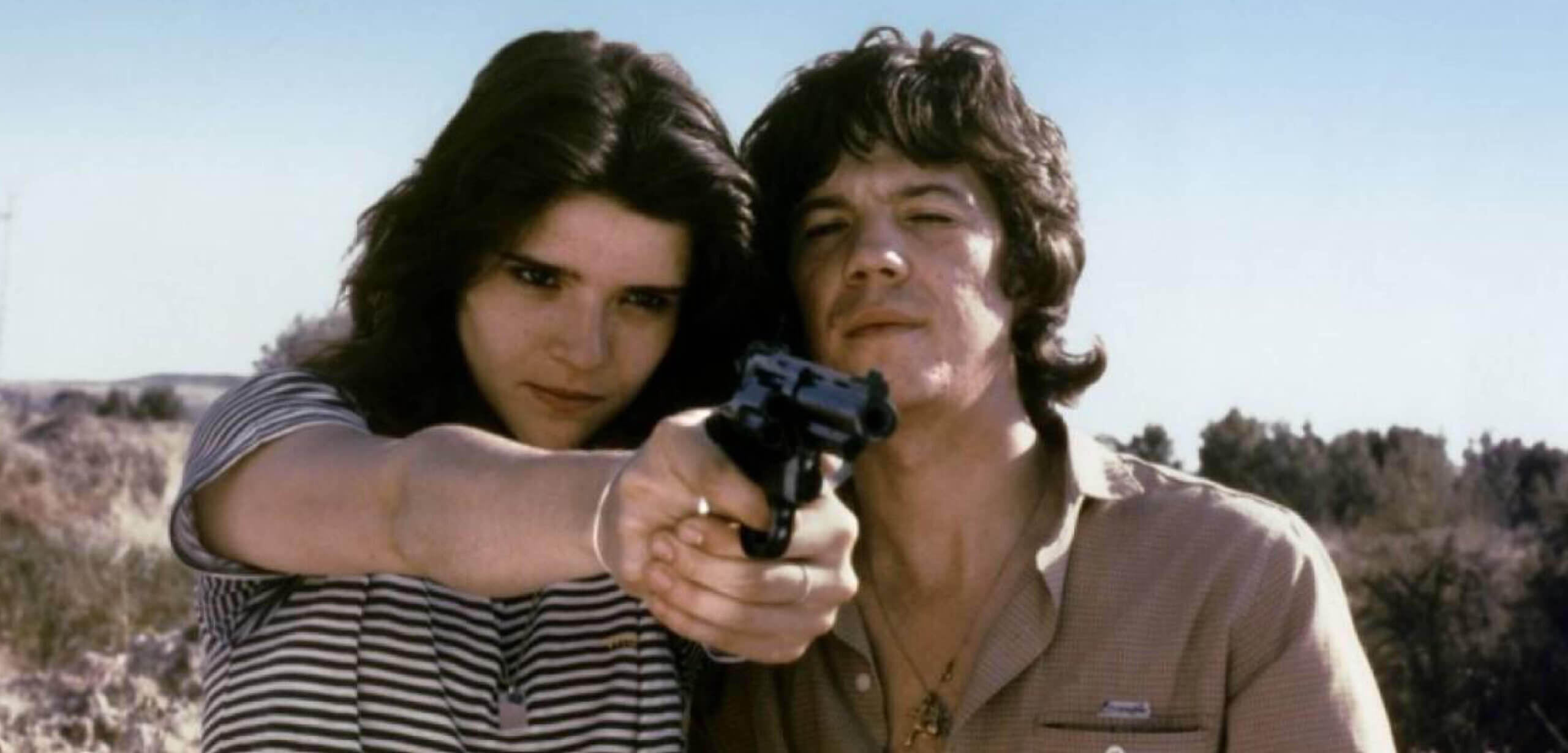
DEPRISA, DEPRISA
(FASTER, FASTER!)
Dir. Carlos Saura, 1981
Spain. 99 min.
In Spanish with English subtitles.
FRIDAY, JANUARY 05 – 10 PM
SUNDAY, JANUARY 07 – 7:30 PM
SATURDAY, JANUARY 20 – 10 PM
BUY TICKETS
DEPRISA, DEPRISA (1981) traces the burgeoning romance between Pablo, a disaffected teenage thief, and Angela, an intrepid young bartender, against a life of crime. Directed by the recently deceased Carlos Saura — whose films perceptively embodied the latent frustration pervasive across Spain during its transition to democracy — DEPRISA, DEPRISA won the Golden Bear at the 1981 Berlinale, and stands out as one of the master-filmmaker’s most down-to-earth and affecting works. The flamenco soundtrack serves as the driving force of the film, with exciting scenes to the rhythm of artists such as Lole y Manuel and Los Chunguitos.
Originally screened in April 2023 as part of the series CINE QUINQUI: SKETCHES OF SPAIN’S UNDERBELLY .
